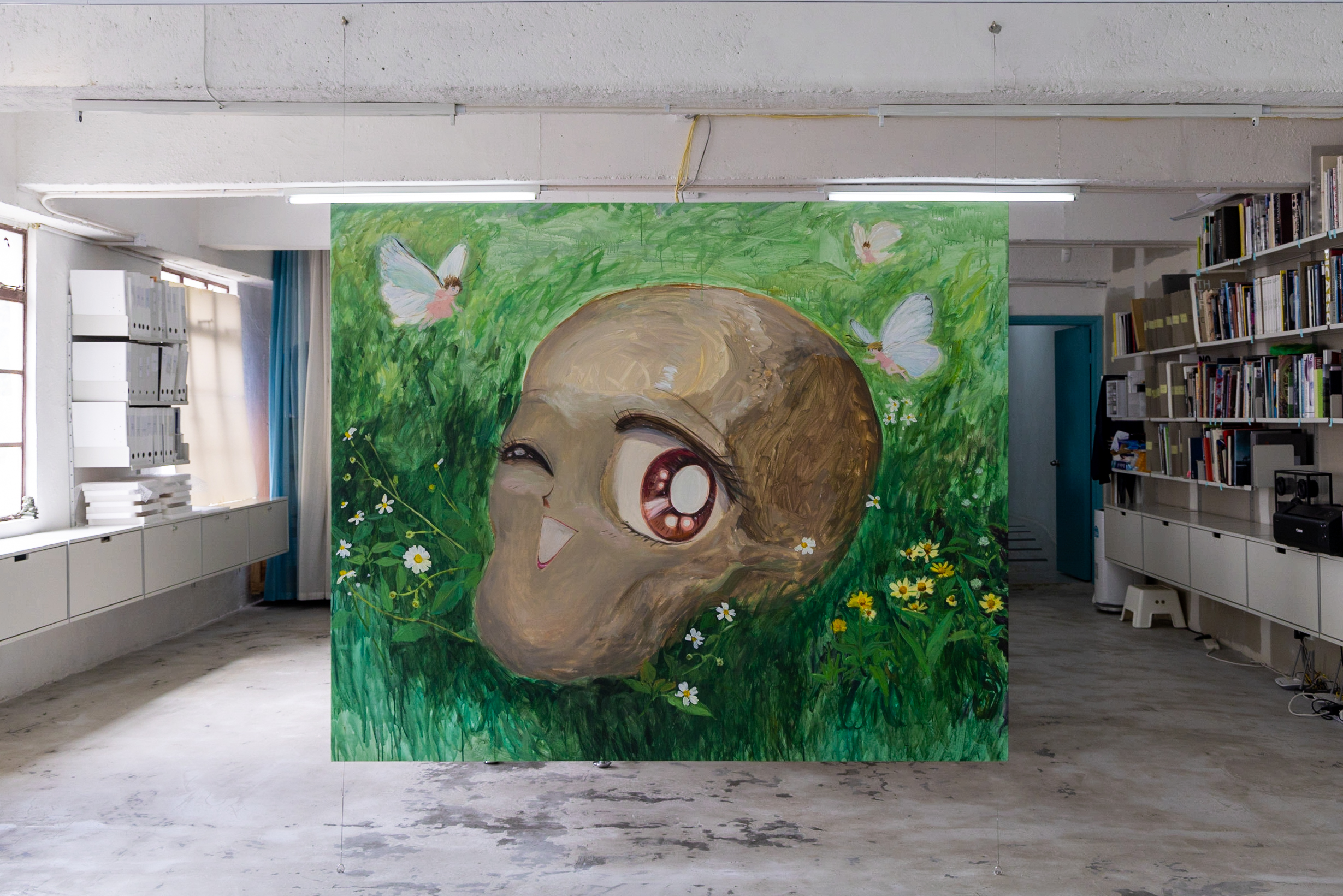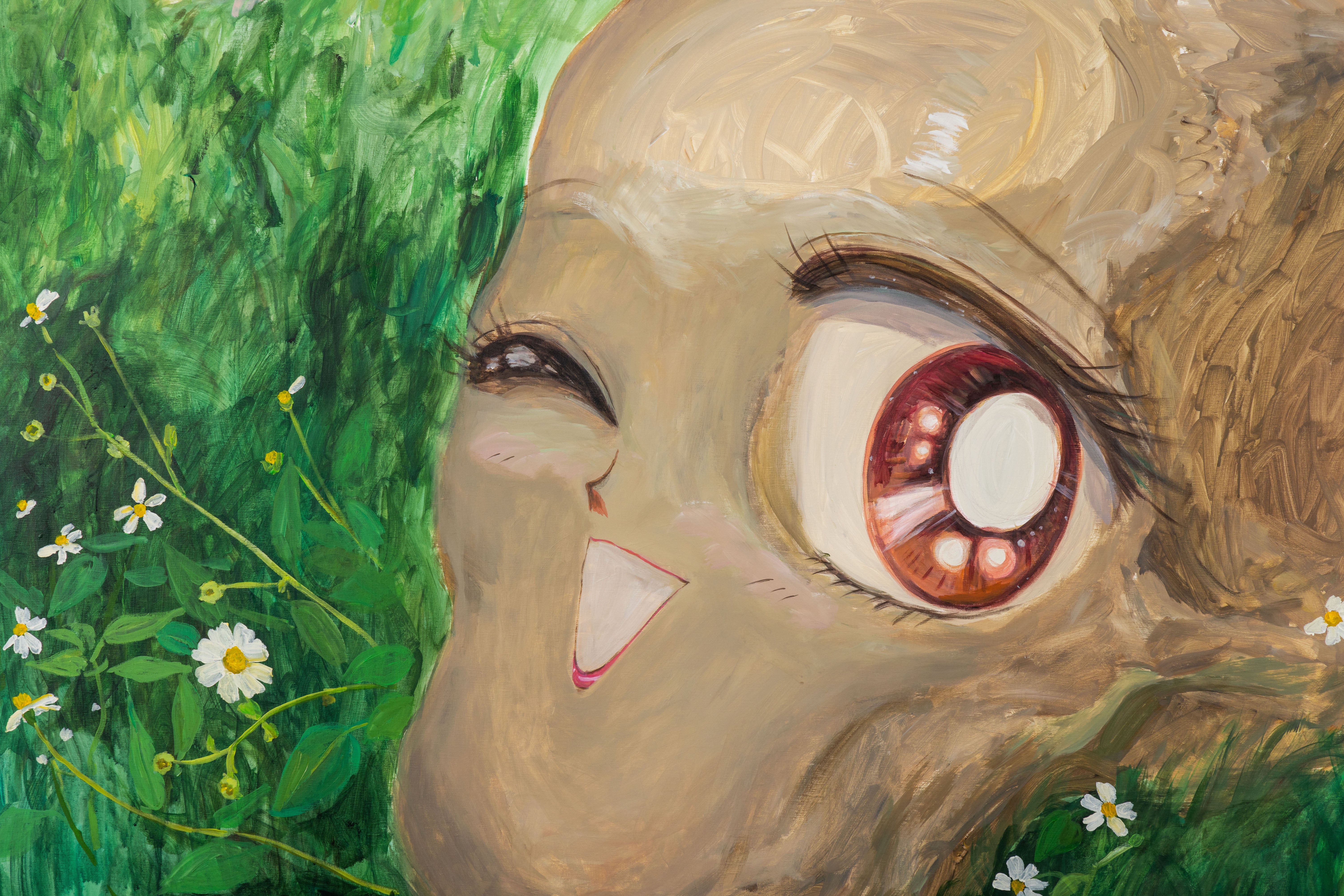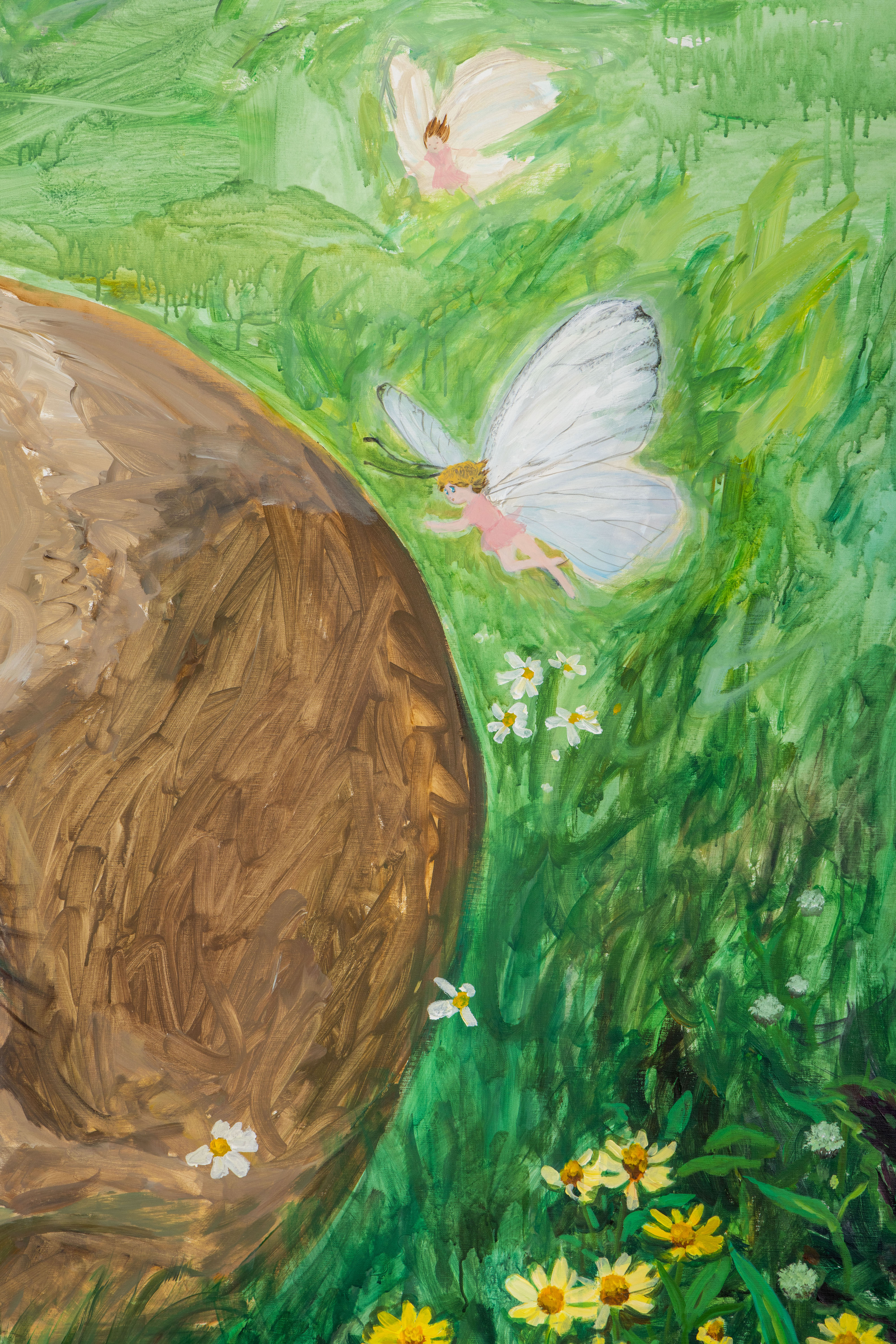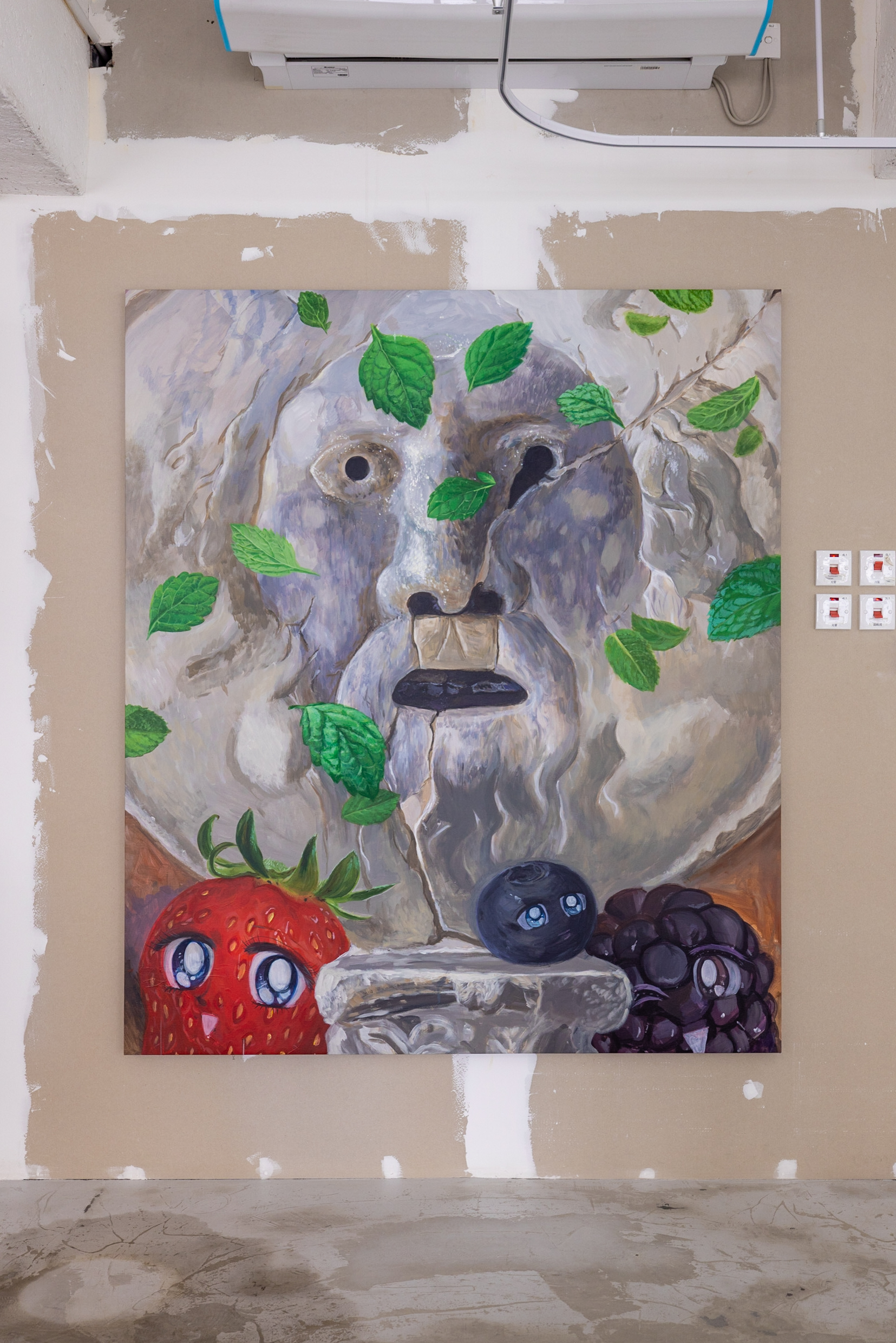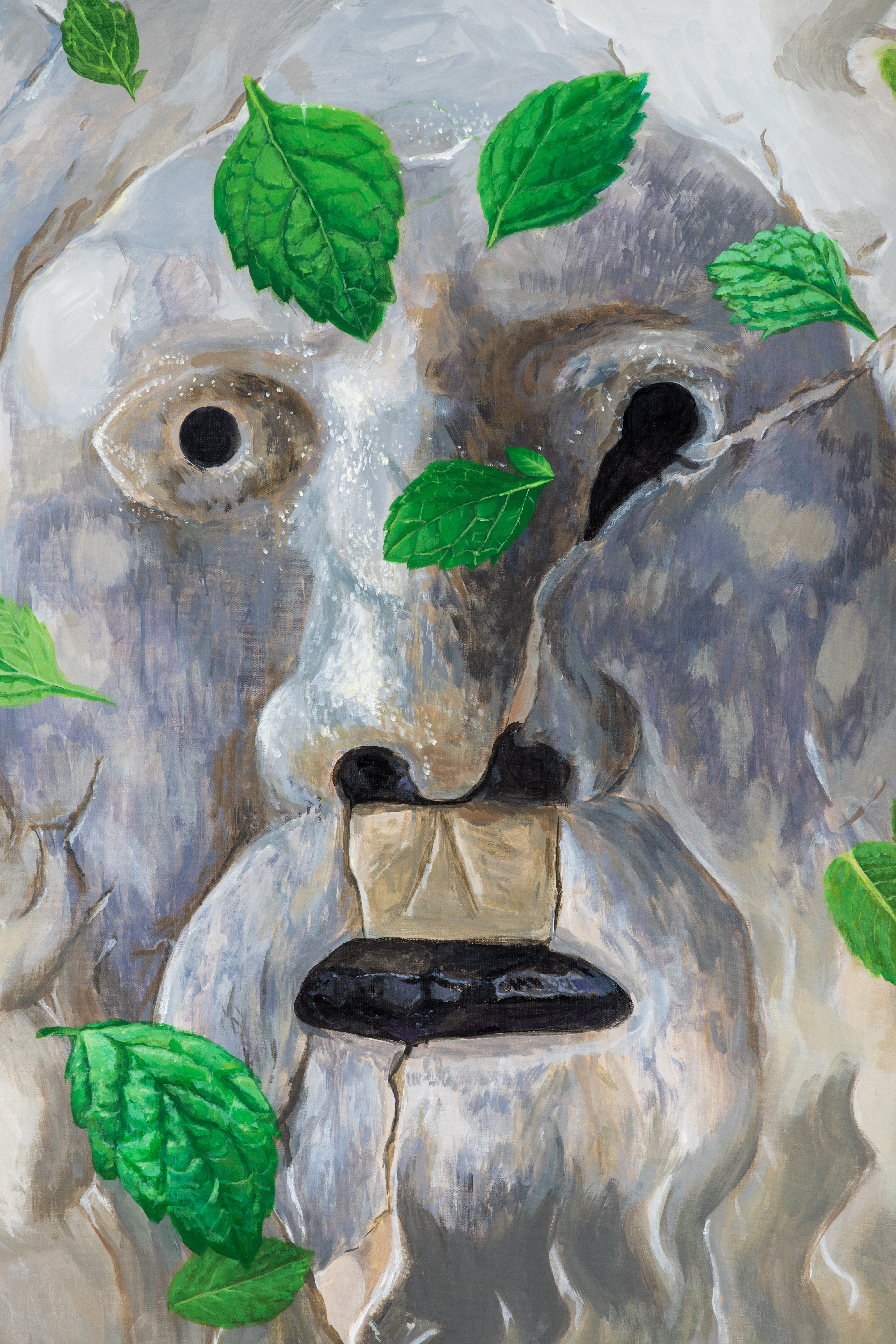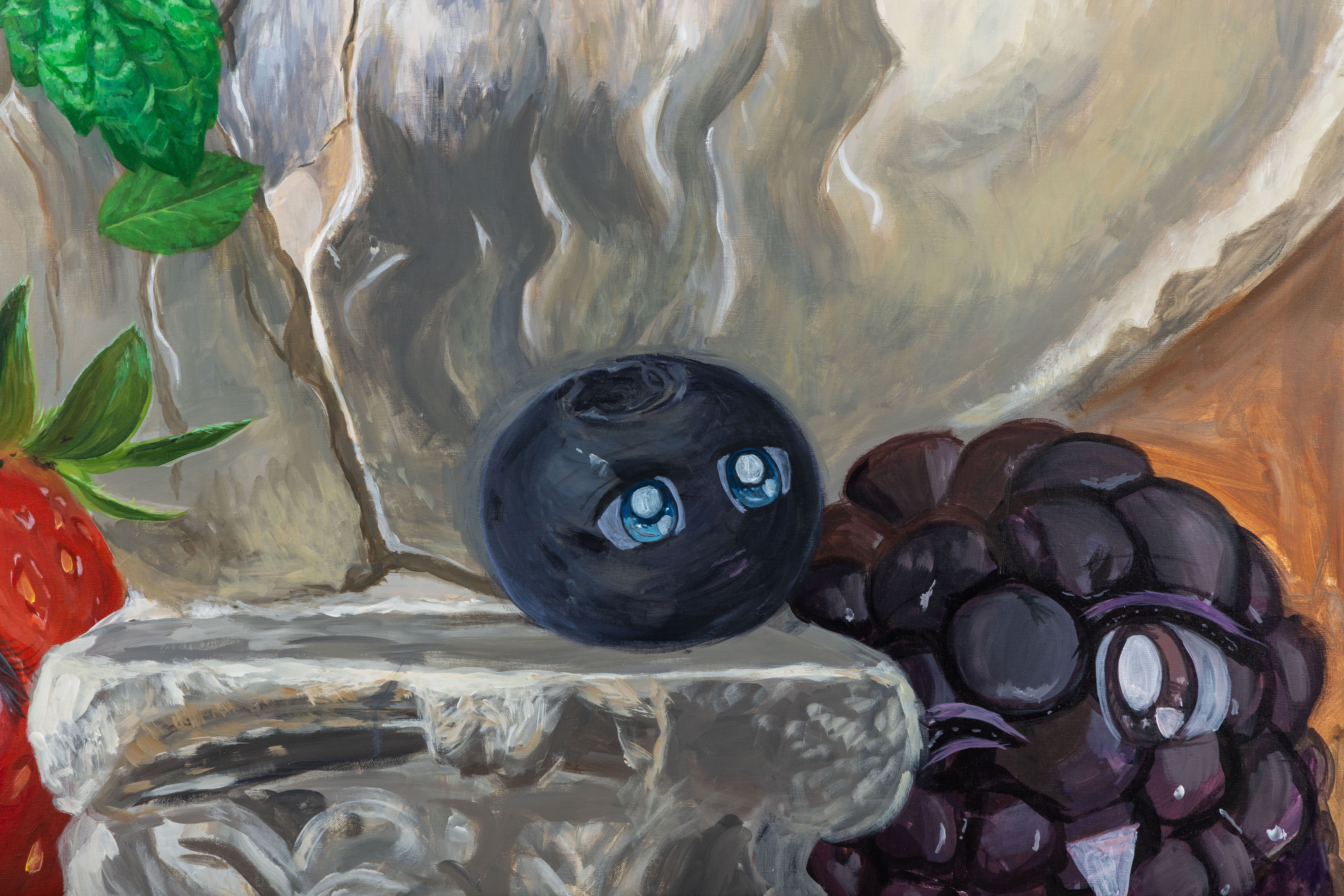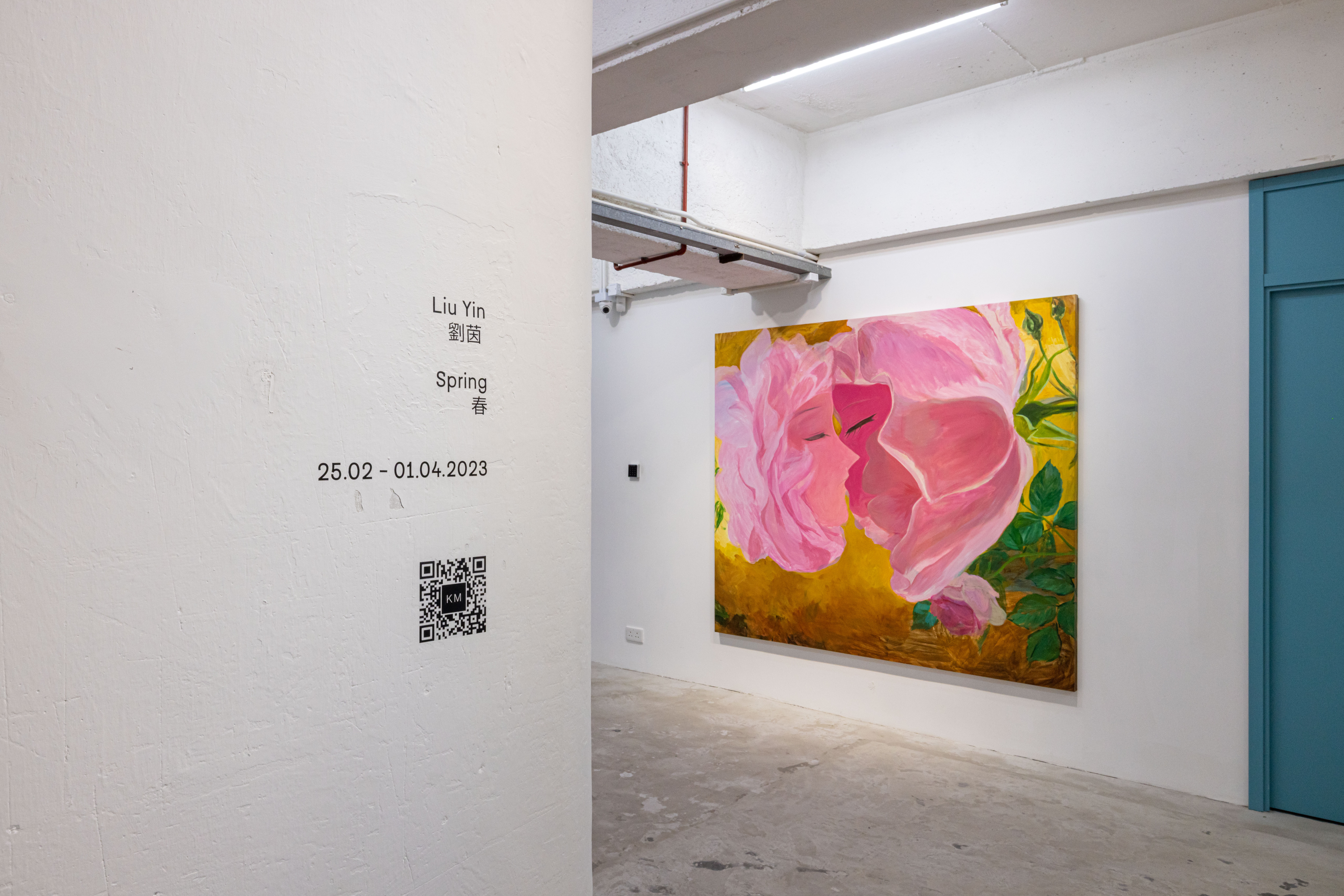Kiang Malingue is pleased to present Liu Yin’s solo exhibition “Spring” at its Tin Wan gallery space in Hong Kong, featuring a series of paintings and watercolours created in the past two years. Known for developing a painting practice that puts Shōjo manga-inspired cute faces on public figures in academic or political fields, pop culture characters and inanimate objects, Liu reveals and reshapes the emotional and narrative structures that operate within complex events. The theme of “Spring” casually alludes to Botticelli’s masterpiece, presenting a series of landscapes and still lifes that add large, crystalline eyes and adorable faces to flowers, plants, fruits and skulls. The recent artworks further the artist’s interest in transforming the mundane, revealing the subversive potential of female gaze, and the surging tide of emotion that corresponds to the complexities of our time.
The centrepiece of the exhibition is Wind, a large-scale painting rendering a group scene of rose-figures, along with a number of smaller rose portraits. This series of rose-figures depicts difficult situations of conflict: unlike the other works in the exhibition which make direct use of cheerful springtime colours and portray the tranquil existence of organic life forms, Liu’s roses unleash intense, aggressive emotions: fury, sadness, cries and struggles in the midst of grim storms. The fragile, bodiless rose-figures are overwhelmed, petals falling, swaying in the darkness of the dramatic scenes. Liu’s depiction evokes an “awakening” that is a far cry from its Western political counterpart, re-examining the aesthetic and political values of Shōjo manga and the significance of masquerade on collective and individual levels.
Marked by the two “kissing roses” paintings is the other end of the emotional spectrum of the “Spring” exhibition, allowing the rose-lovers to face each other, closing their restless eyes — both the profile of a face and the closure of eyes are relatively rare in Liu’s art, creating a tension with the romantic atmosphere. The quirky Bananas and the idyllic Two Pears are queer yet familiar, depicting the reality of the post-human condition in a seemingly light-hearted manner. Strawberry! Blueberry! Blackberry! and Mint! is inspired not only by the famous Bocca della Verità, but also by a replica of it somewhere in Japan, used as a backdrop for fashion photography. In Liu’s painting, elements that are “girlish” in visual and sensual terms are juxtaposed with the solid mask that represents the association between masculinity and truth, renewing the age-old link between the female gaze and Medusa’s narrative in a humorous way. Skull and the exhibition’s eponymous Spring complement each other by presenting a highly theatrical contrast: the former is the only painting in the exhibition that adds large, kawaii eyes to an existing face, effectively filling holes; the tension between reality and fantasy, between the horrific and the lovely, is particularly evident in this butterfly-filled landscape. The features in Spring on the other hand, do not belong to a single, tangible thing, but to the sky, the springtime, the atmosphere or to the soul. These sizeable eyes flutter past, leaving uncannily deep, hollow marks between the swaying branches. It reverses the layering structure of Liu’s composition and, by unravelling what is in the foreground, reveals an inner gaze, depicting the relationship between life and spirit in a manner akin to symbolic paintings and vanitas.
(About Liu Yin)
Liu Yin (b. 1984, Guangzhou) is a graduate of the Guangzhou Academy of Art. Her darkly humored images have been exhibited at Observation Society (Guangzhou), Taikang Space (Beijing), Wiessensee School of Art (Berlin), Adele C gallery (Rome) and the Ecole Régionaledes Beaux Arts (Besançon, France). Her work can also be found on the cover of the artist-published zine Feng Huo (馮火) which is printed monthly in Guangzhou. She lives and works in Hongkong and Guangzhou.
Spring
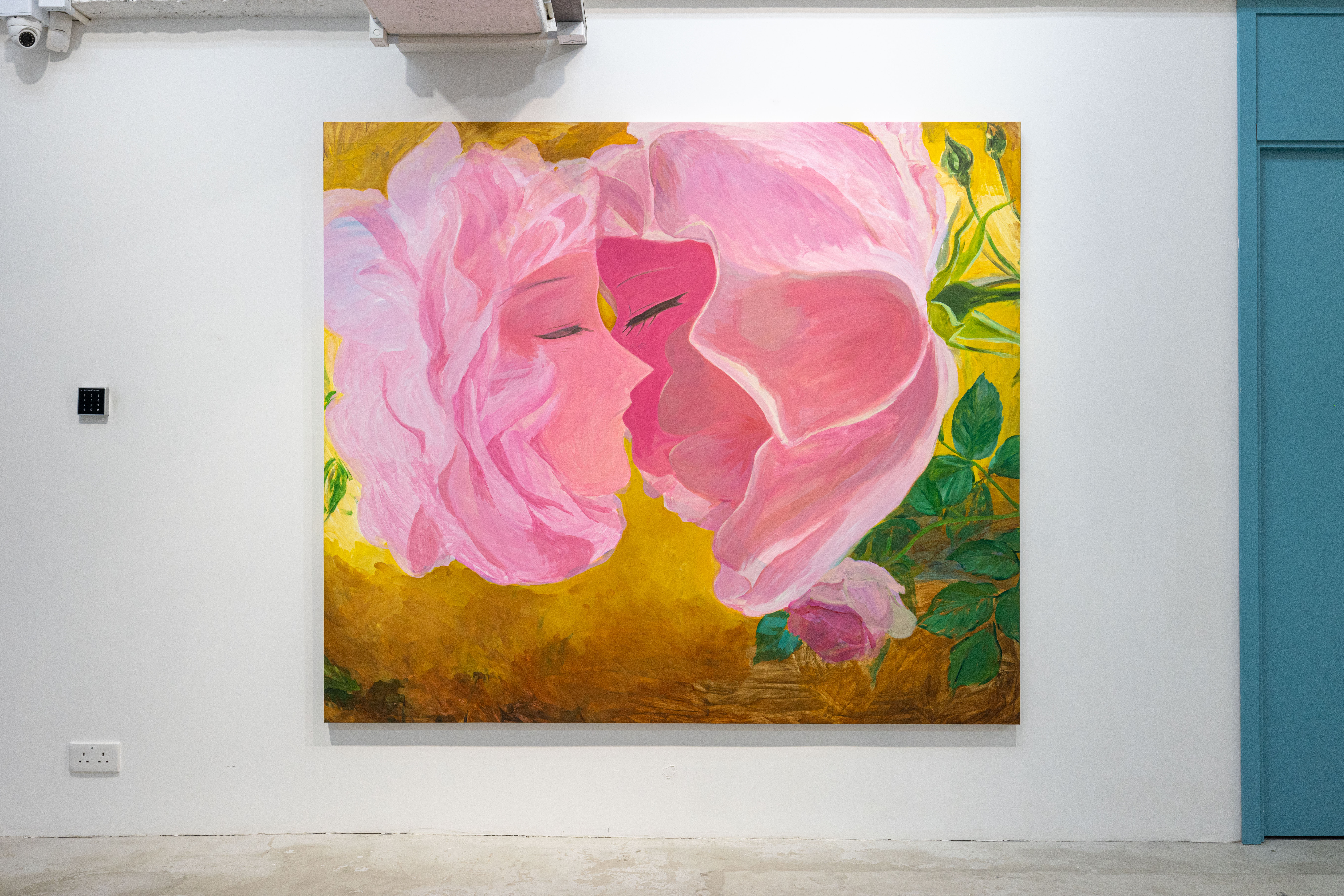
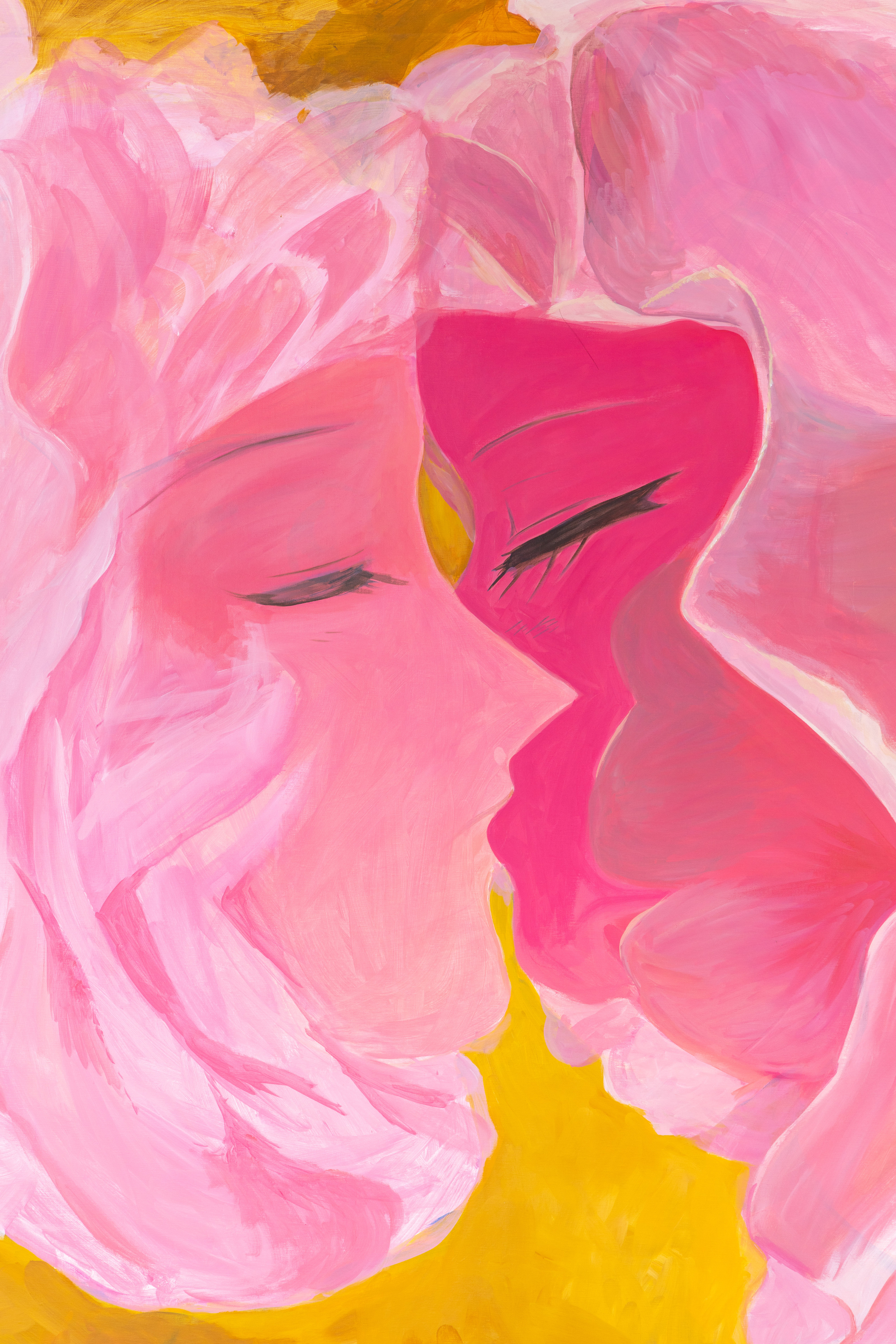
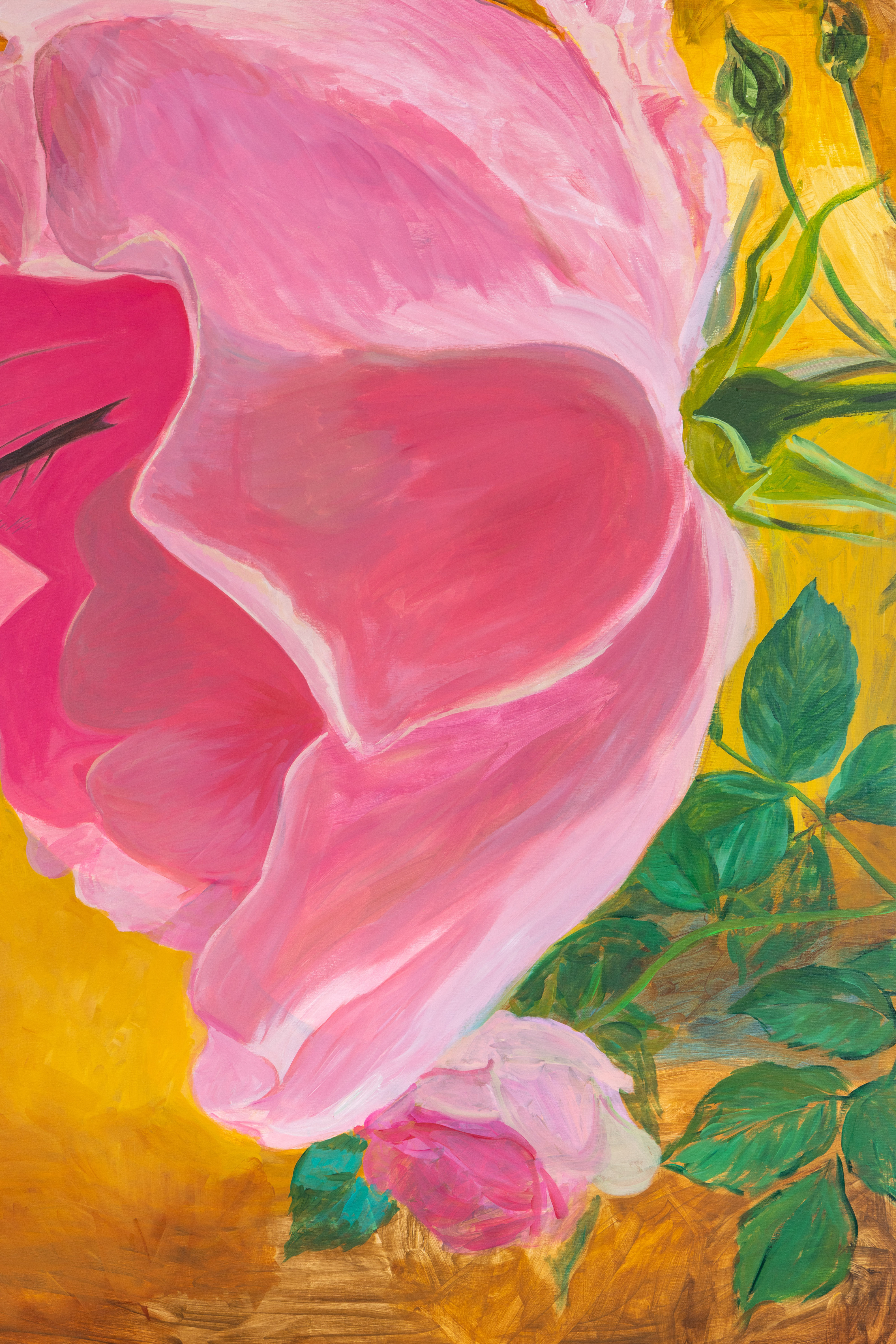
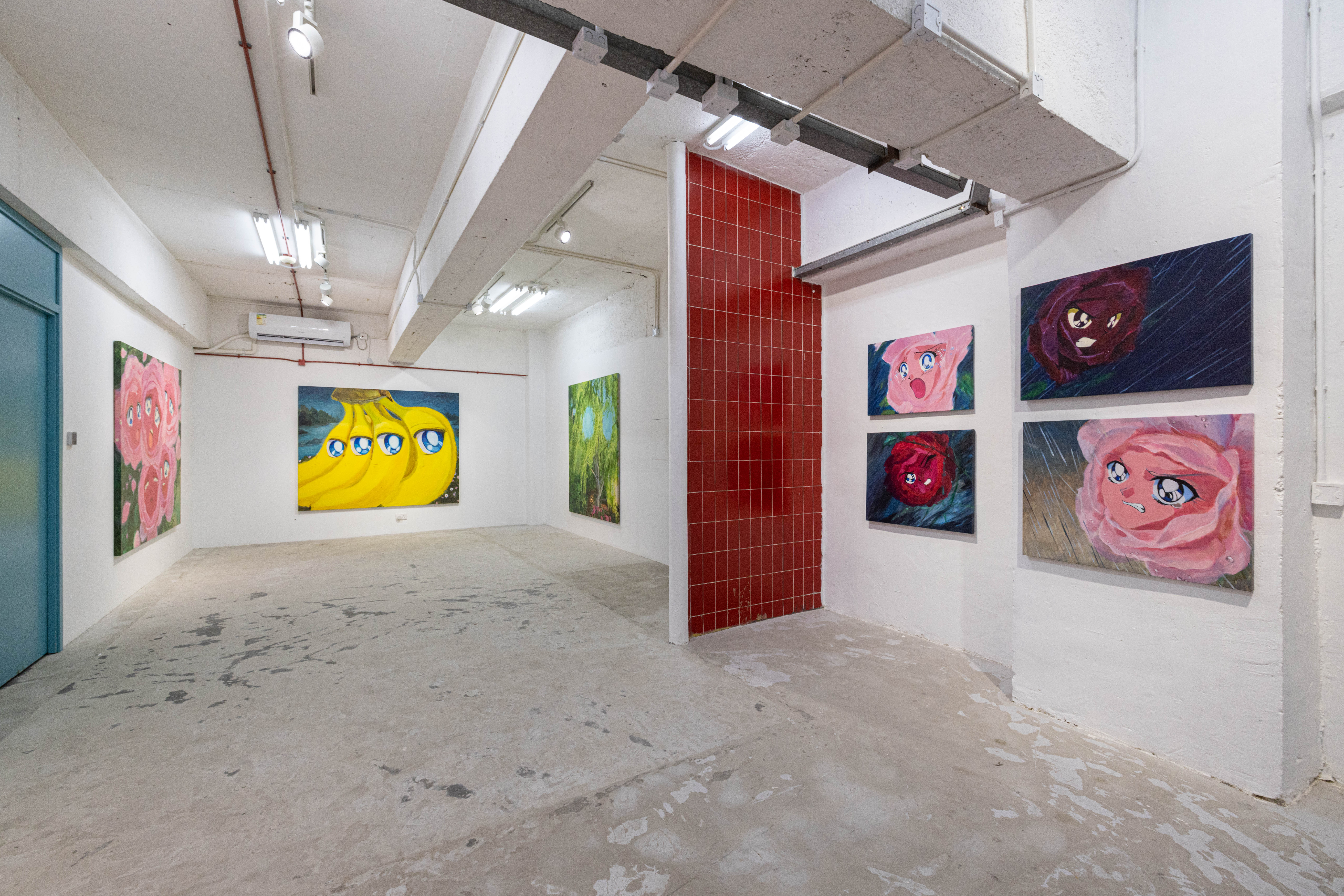
Photo by Wong Pak Hang

Photo by Wong Pak Hang
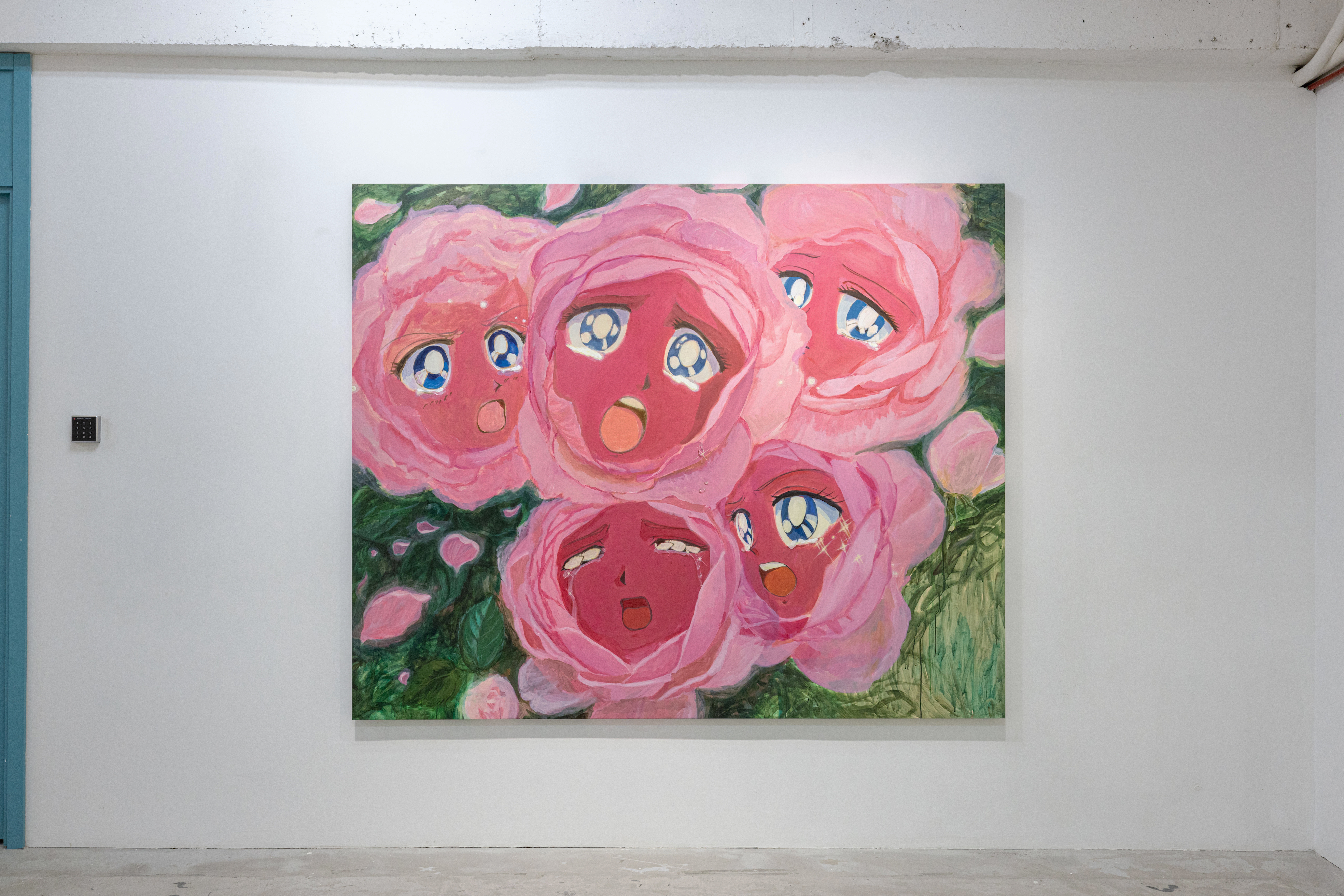
Acrylic on canvas
168.5 x 205.4 cm
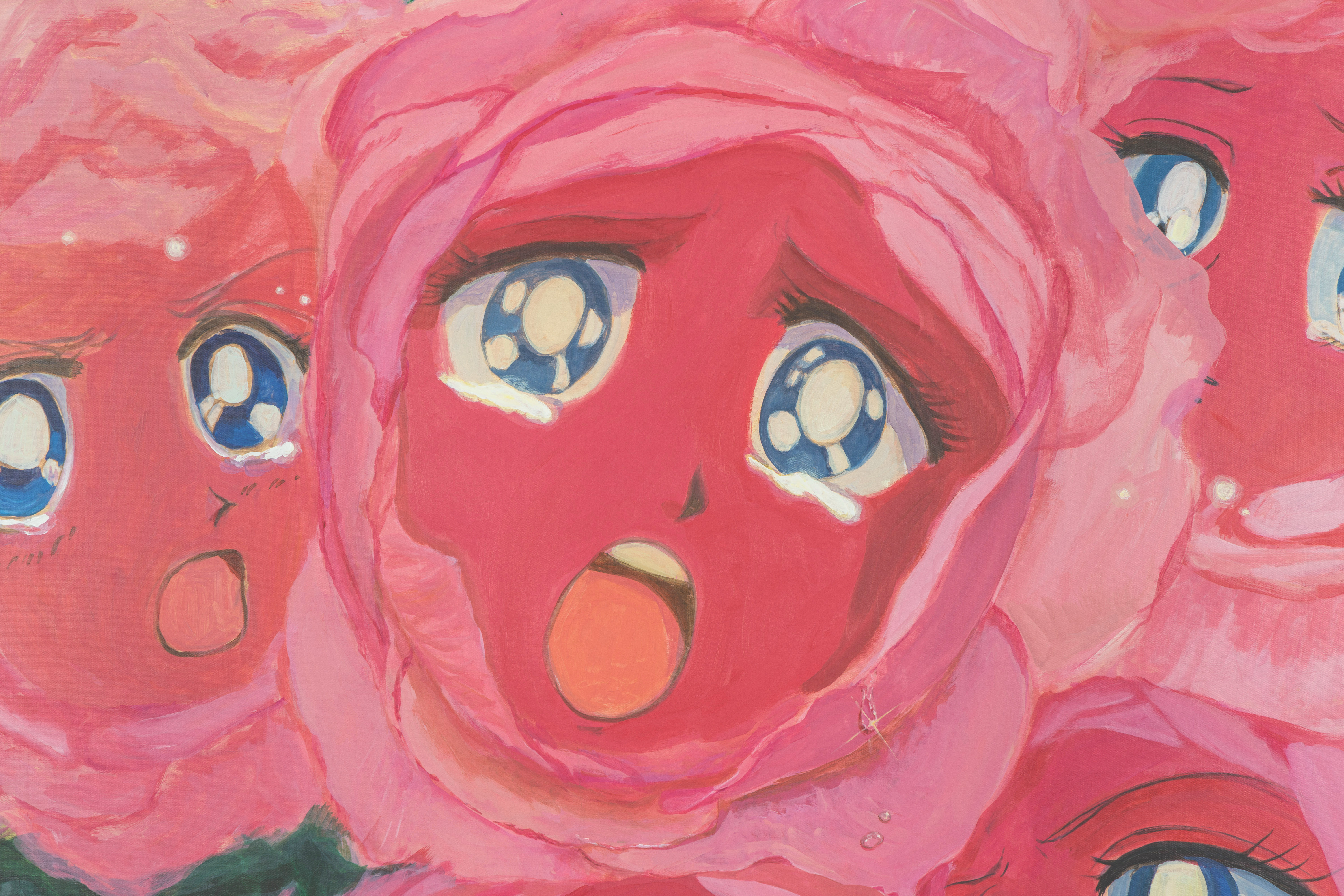
Acrylic on canvas
168.5 x 205.4 cm
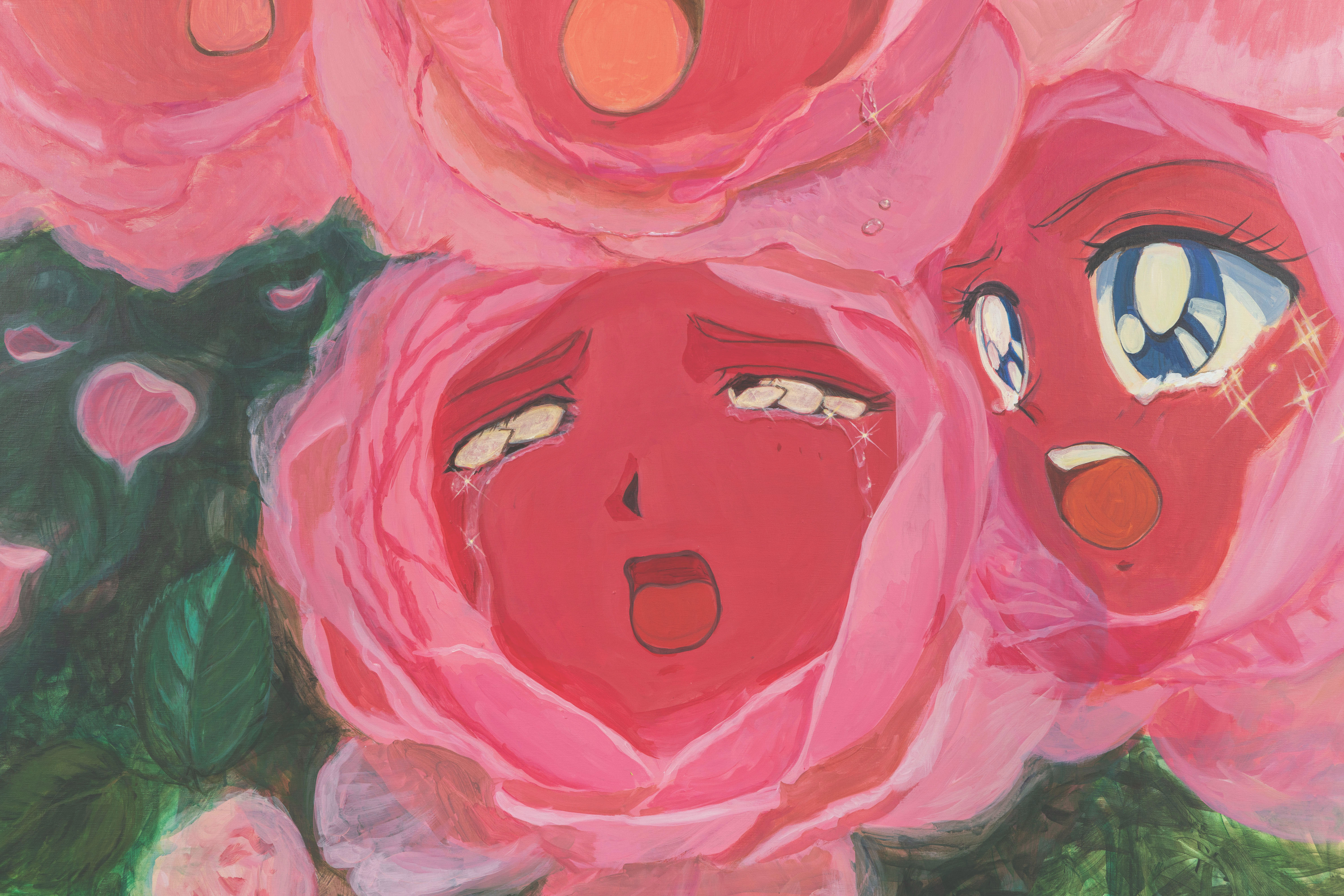
Acrylic on canvas
168.5 x 205.4 cm
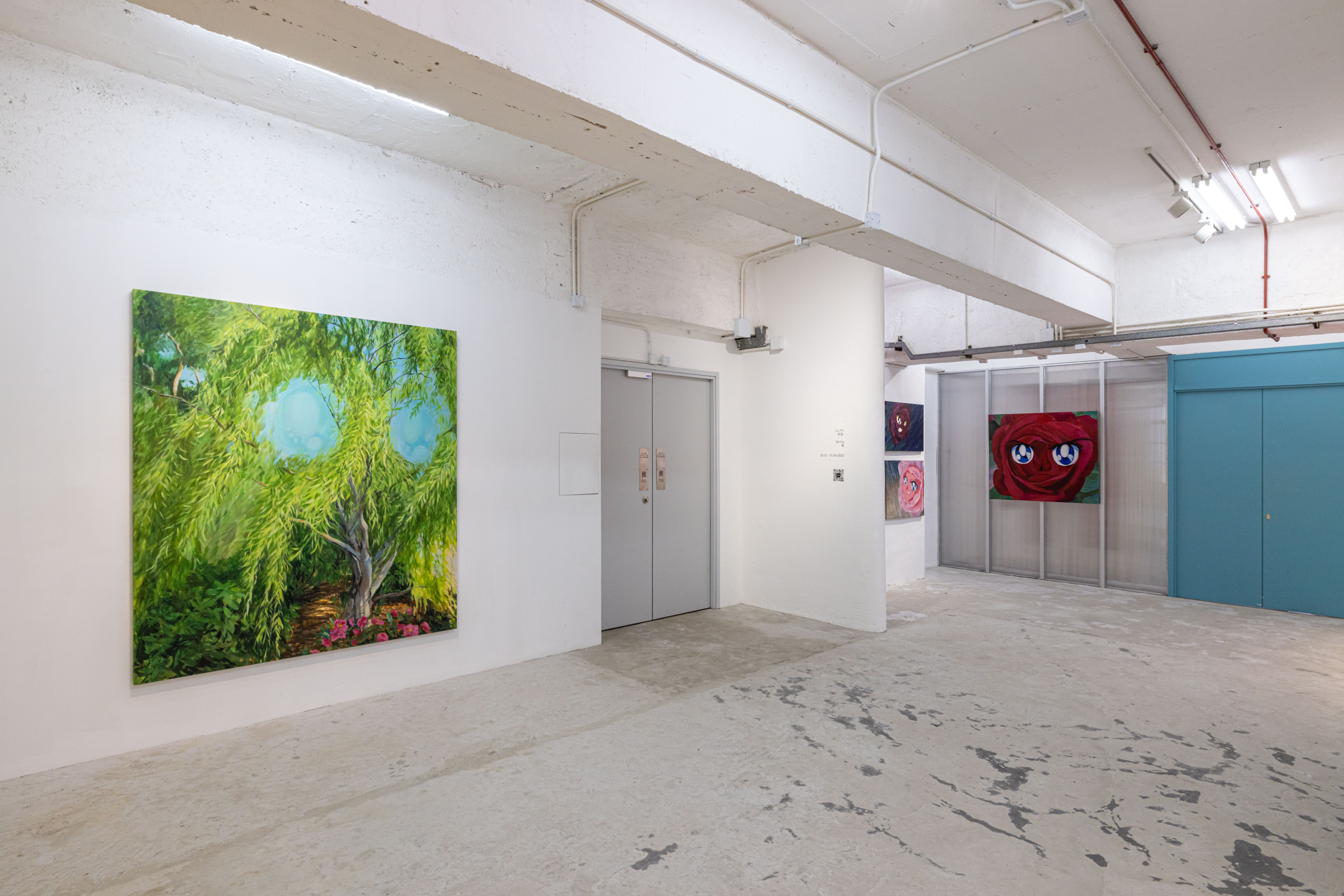
Photo by Wong Pak Hang
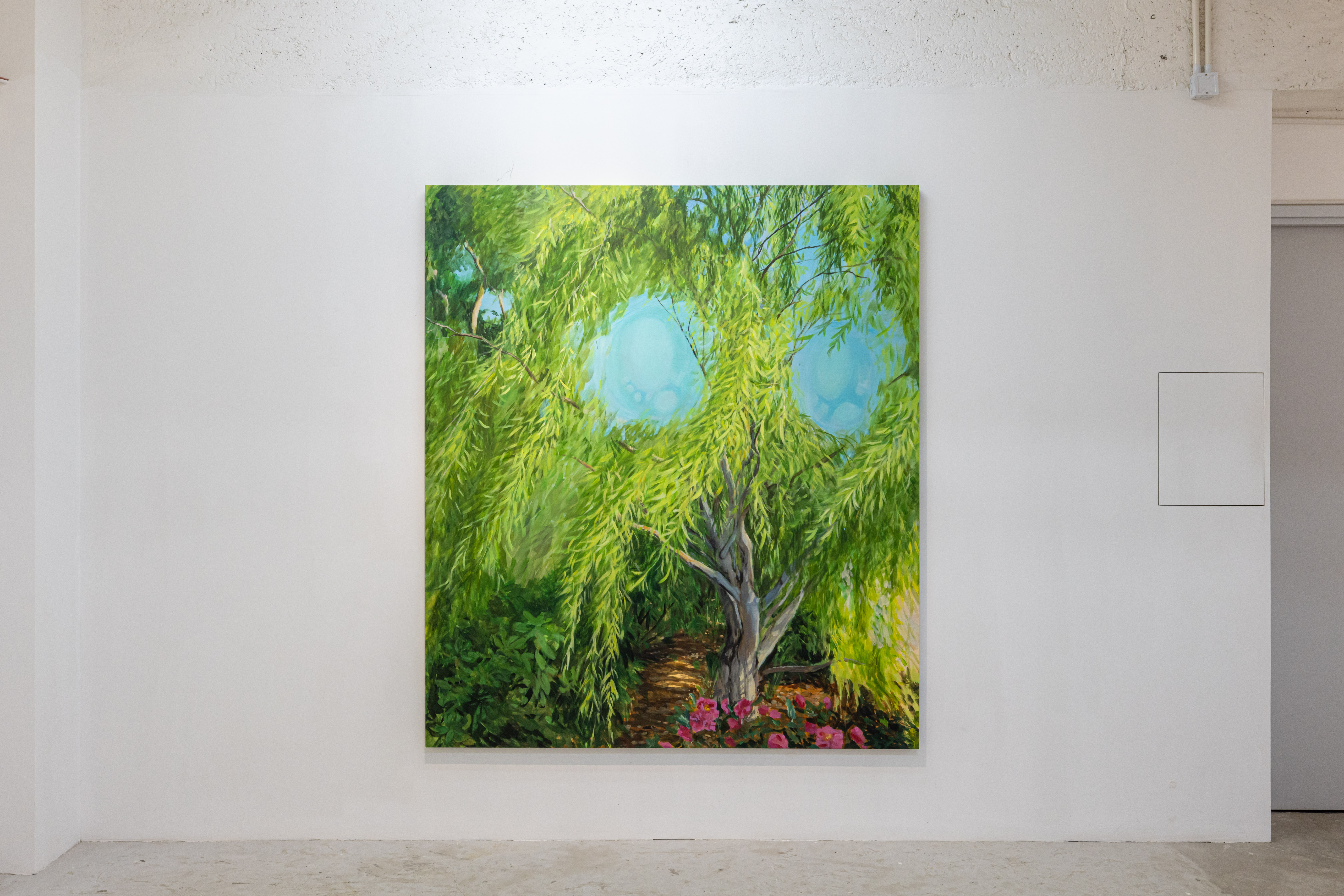

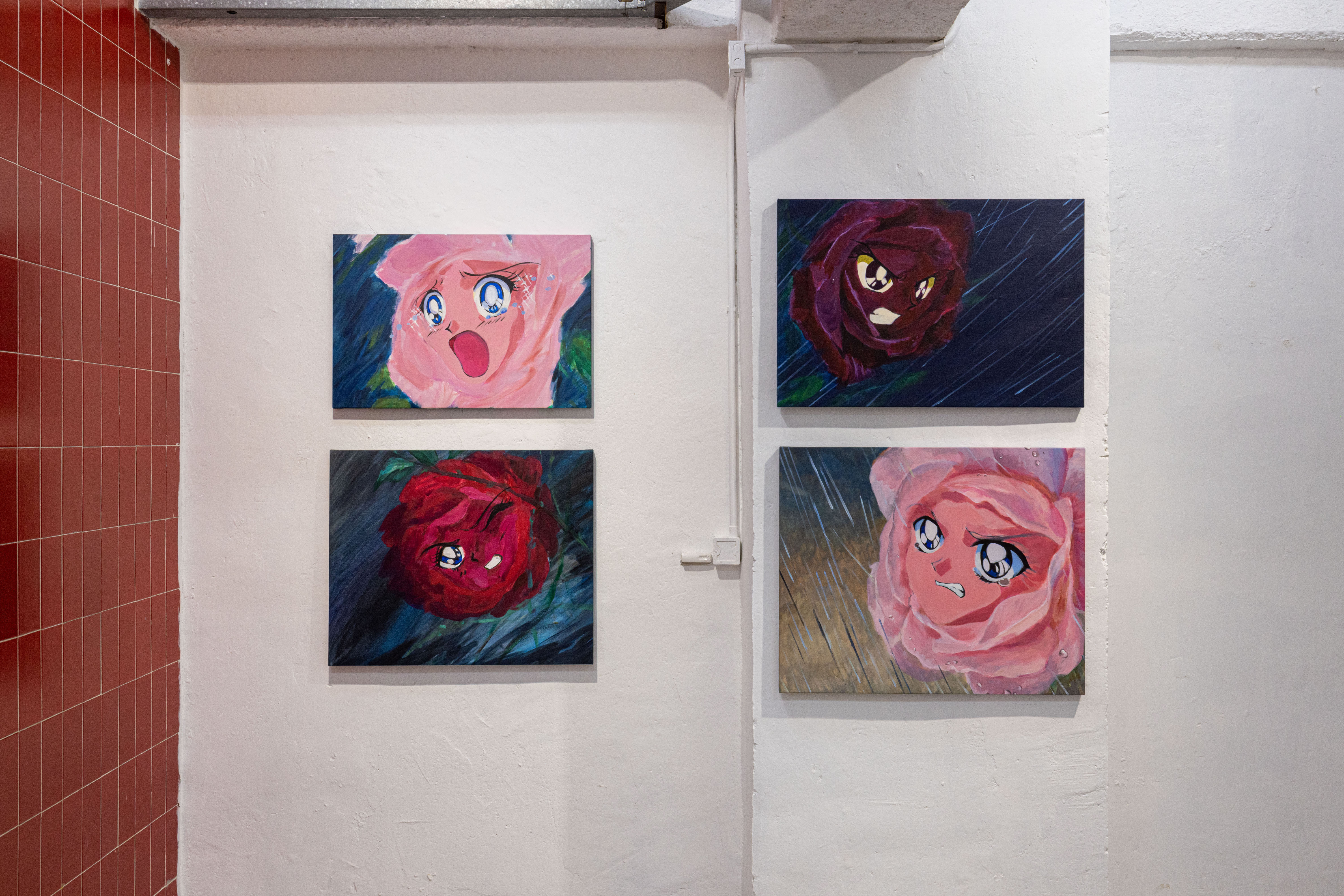
Photo by Wong Pak Hang
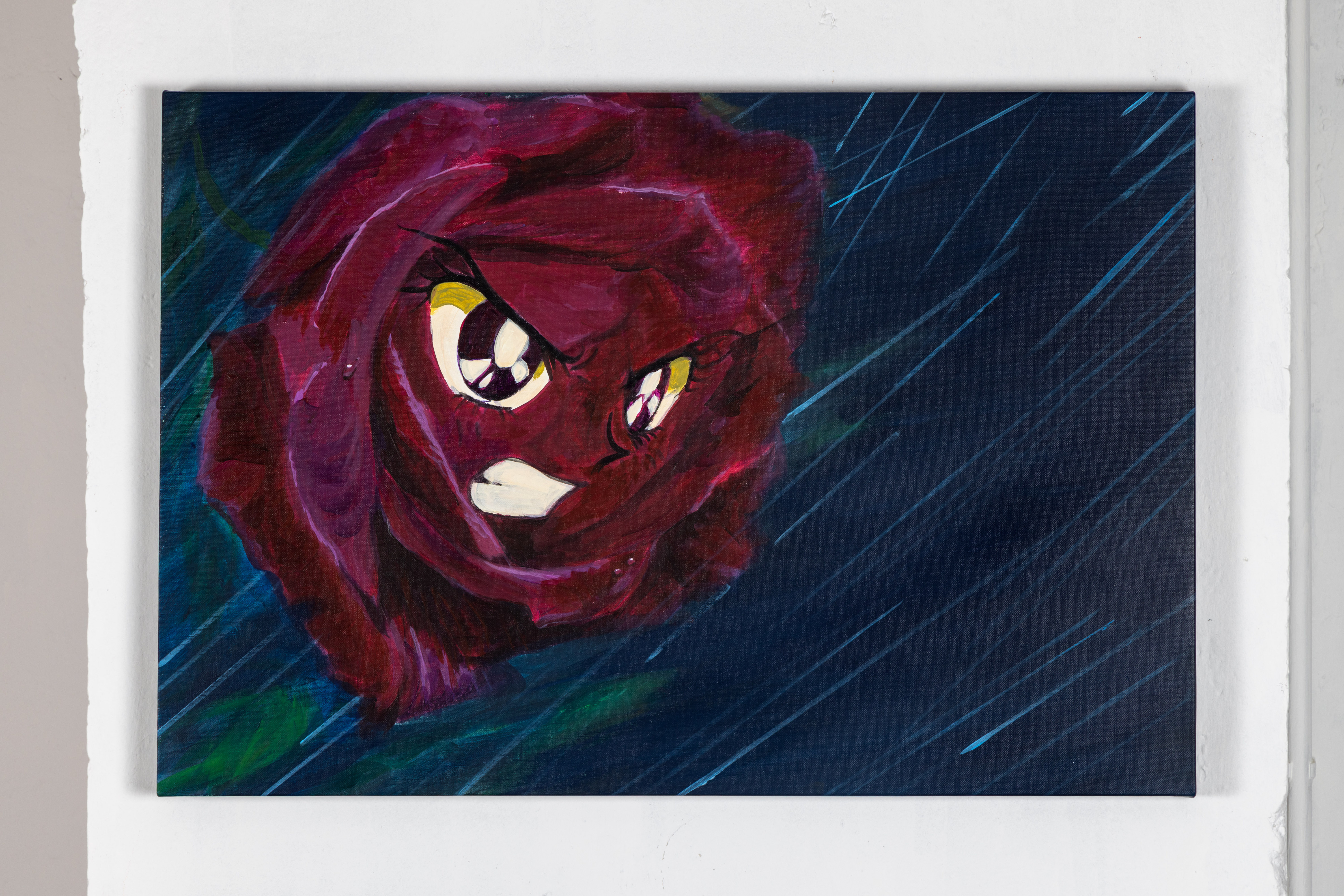
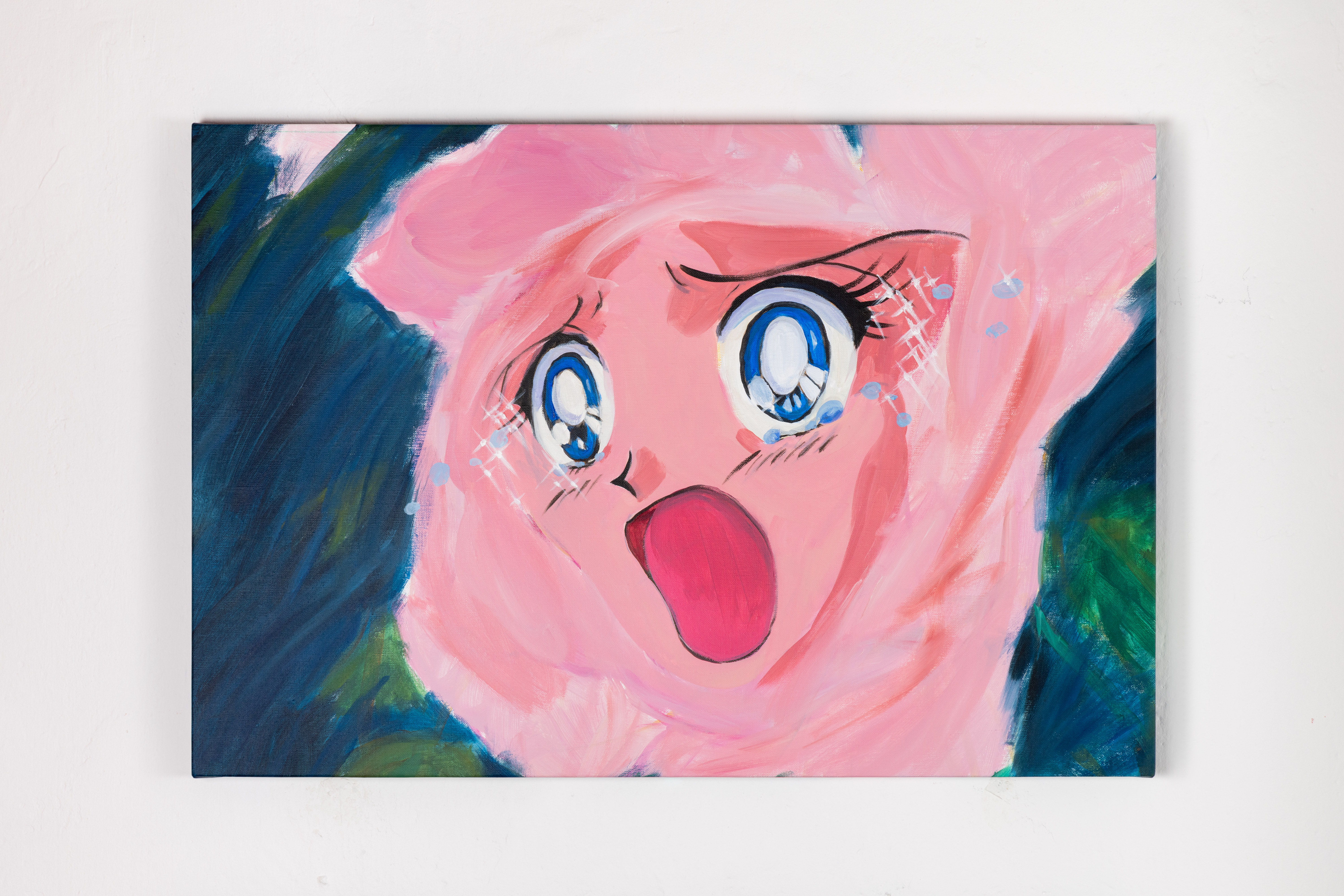
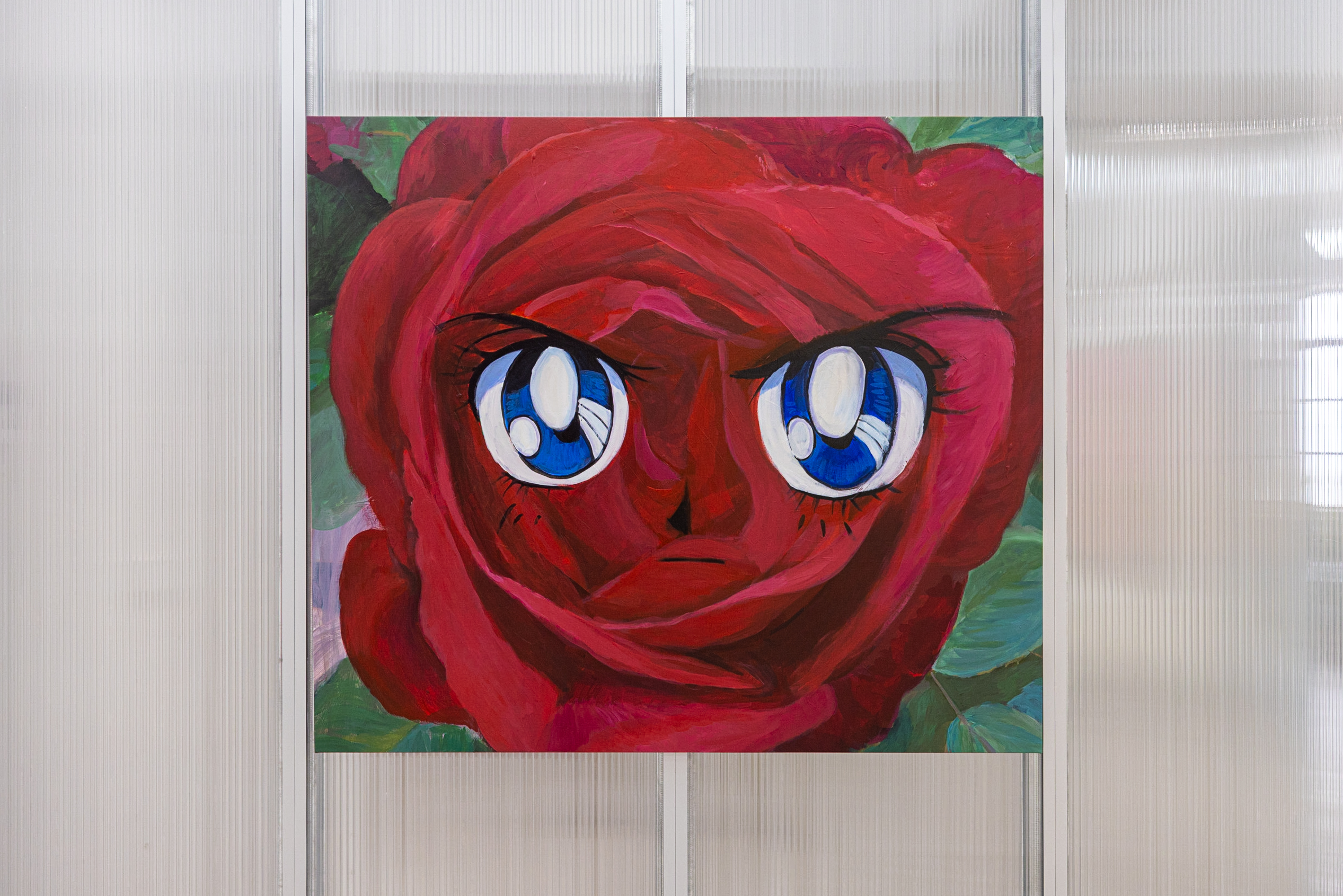

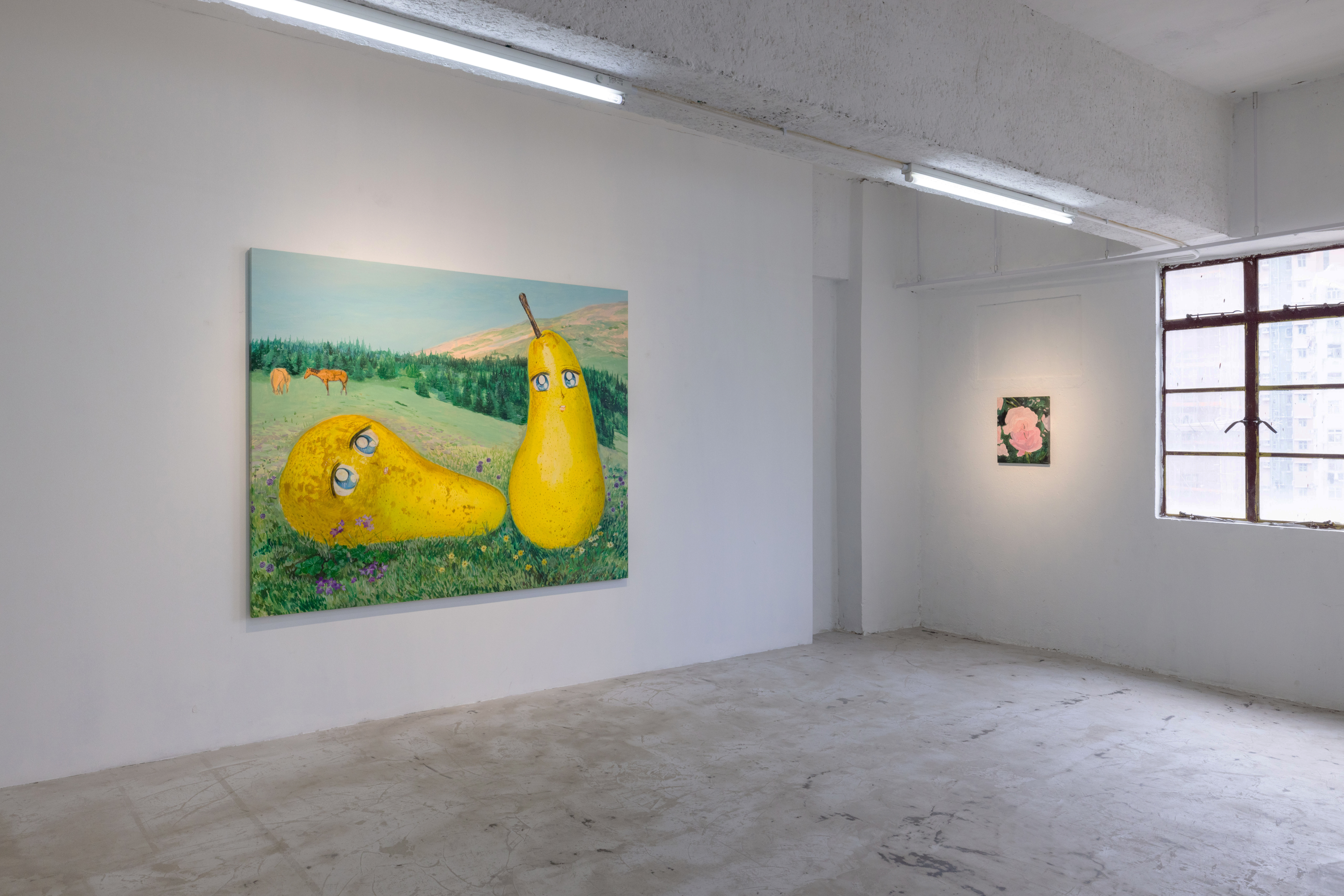
Photo by Wong Pak Hang



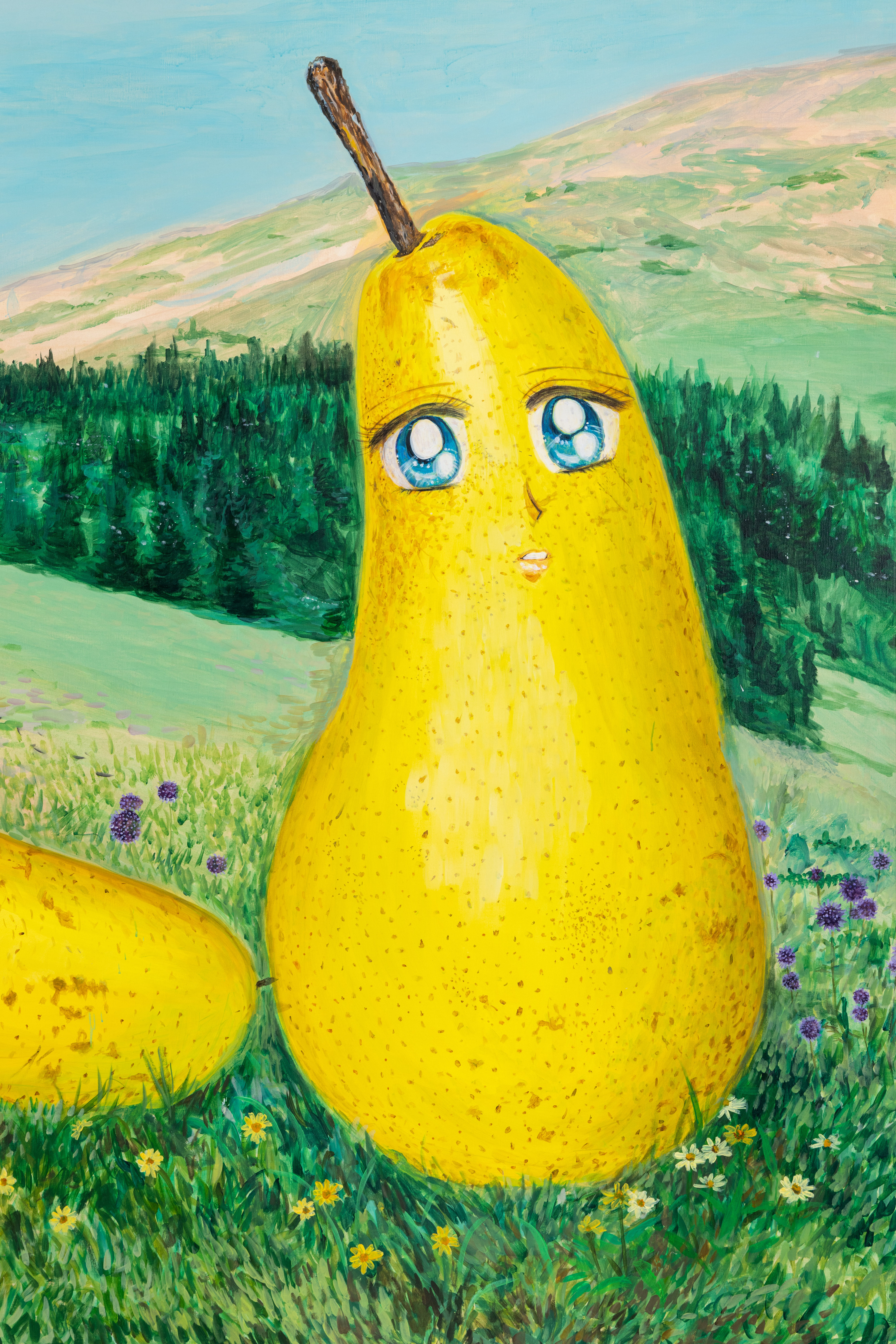
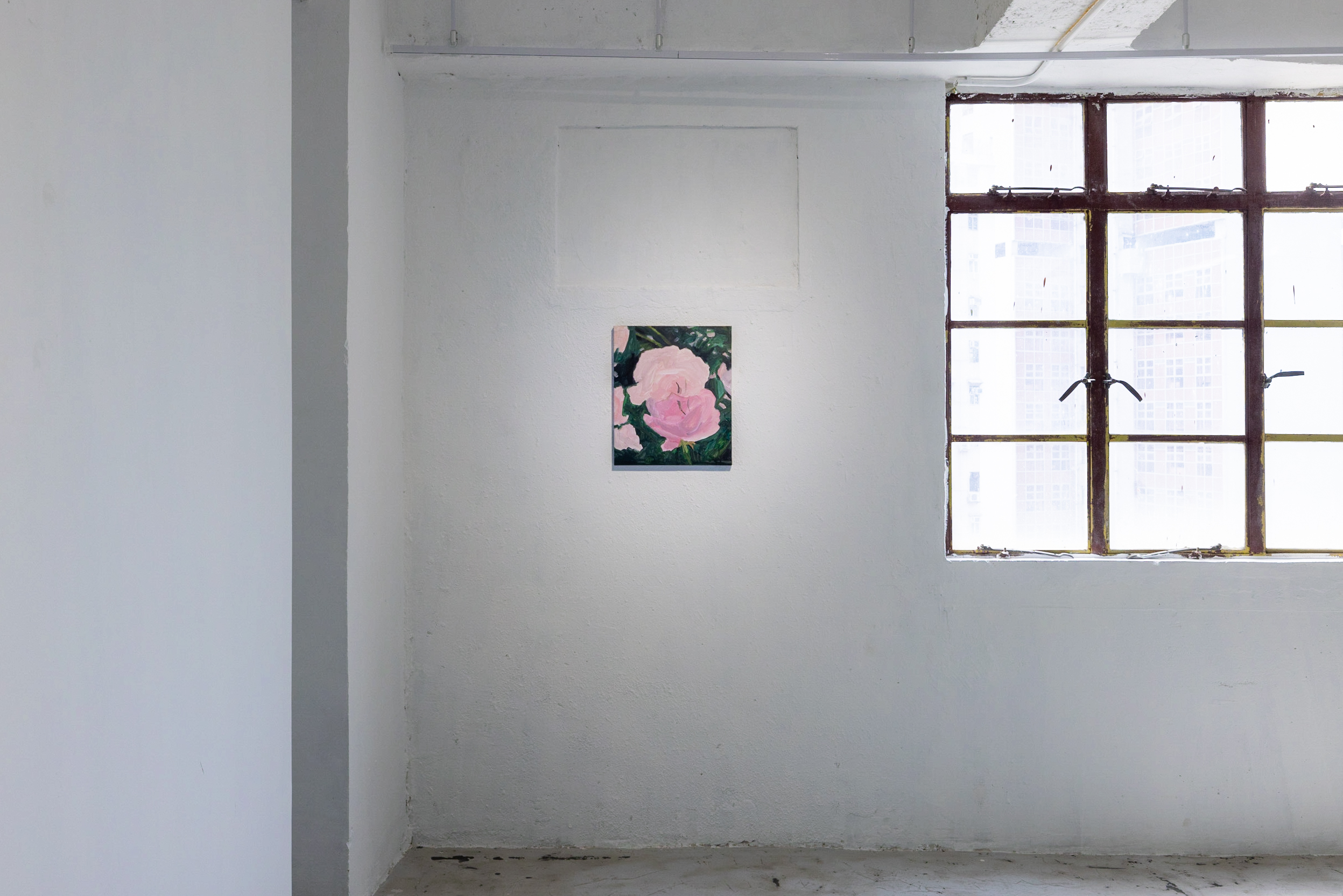
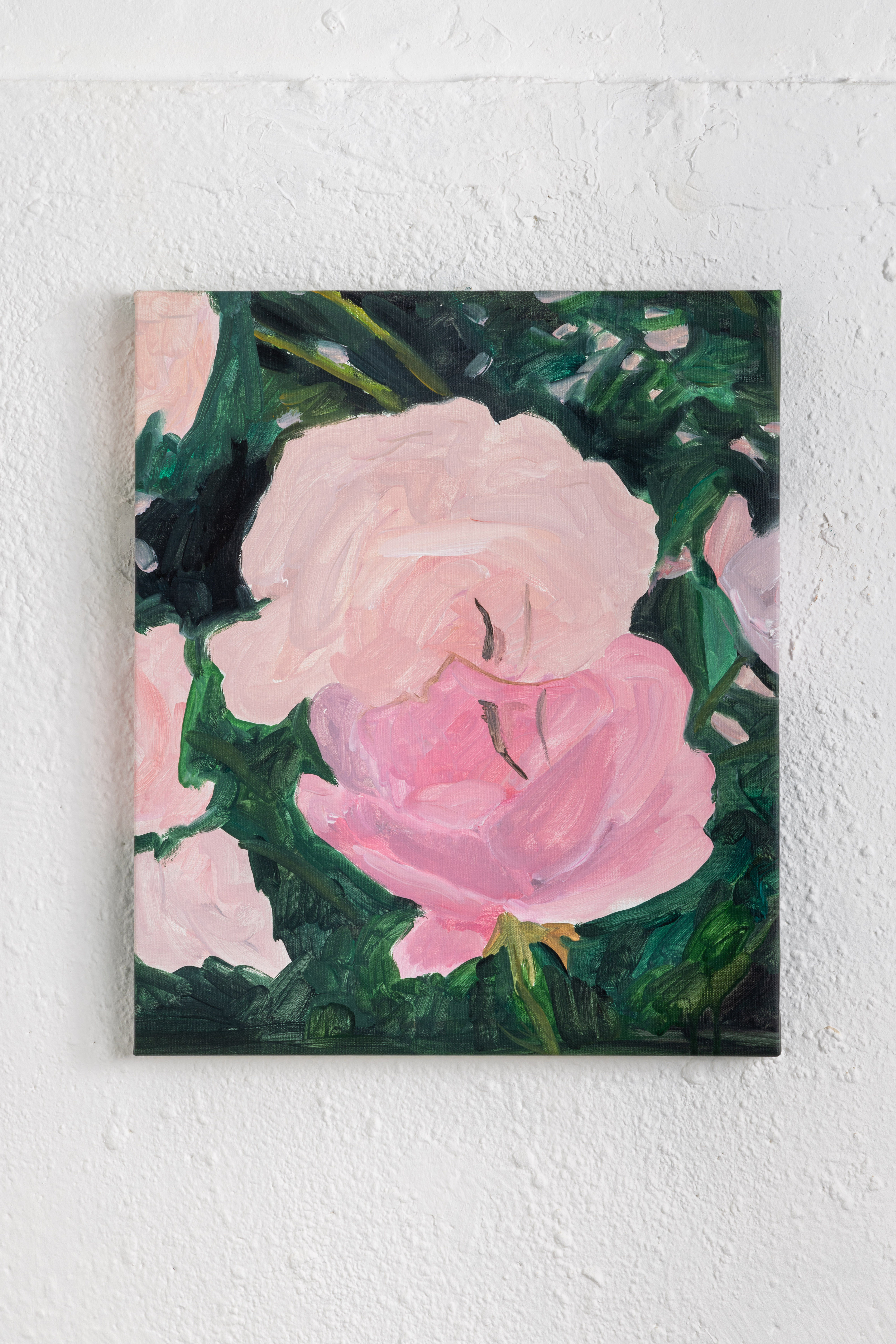
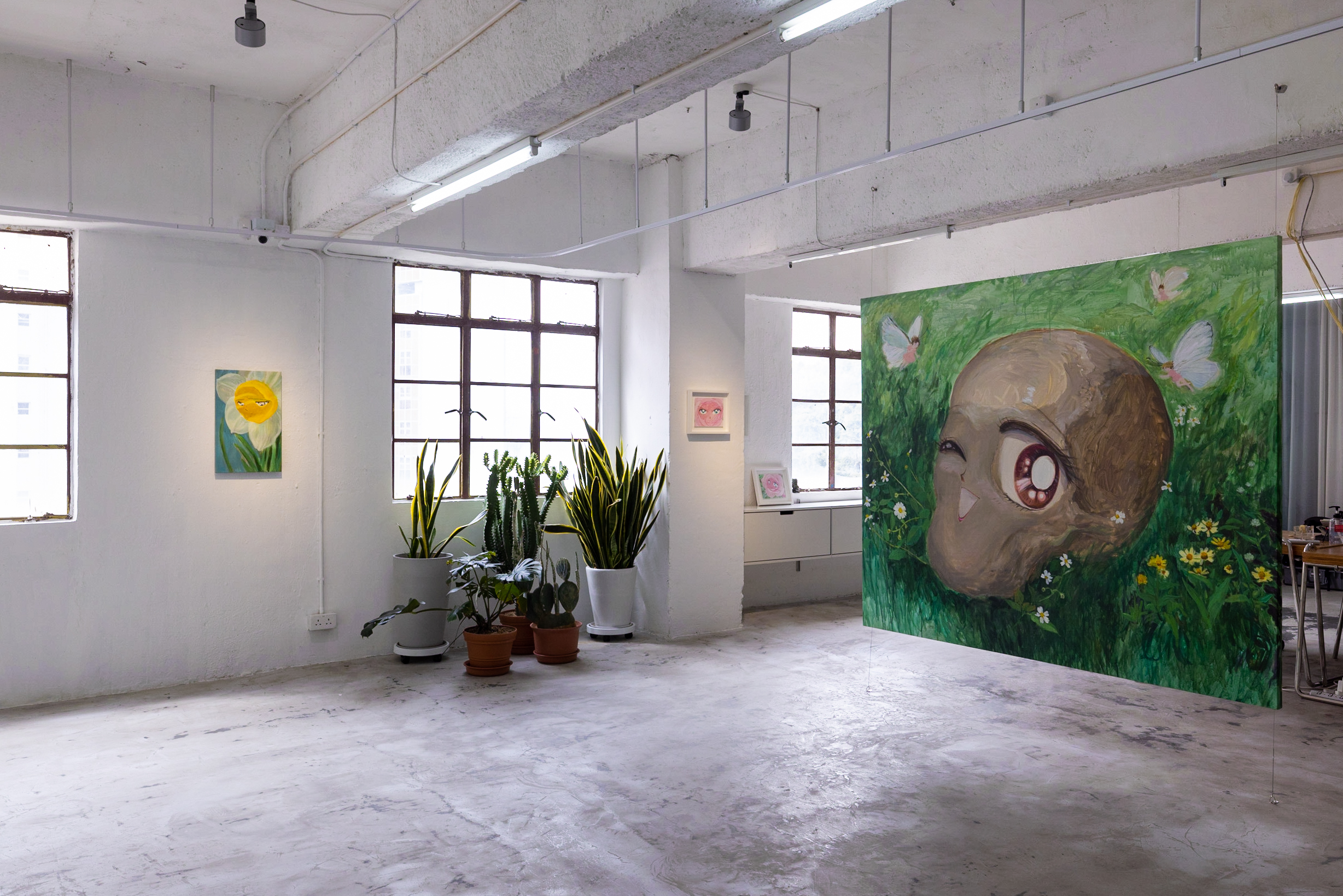
Photo by Wong Pak Hang

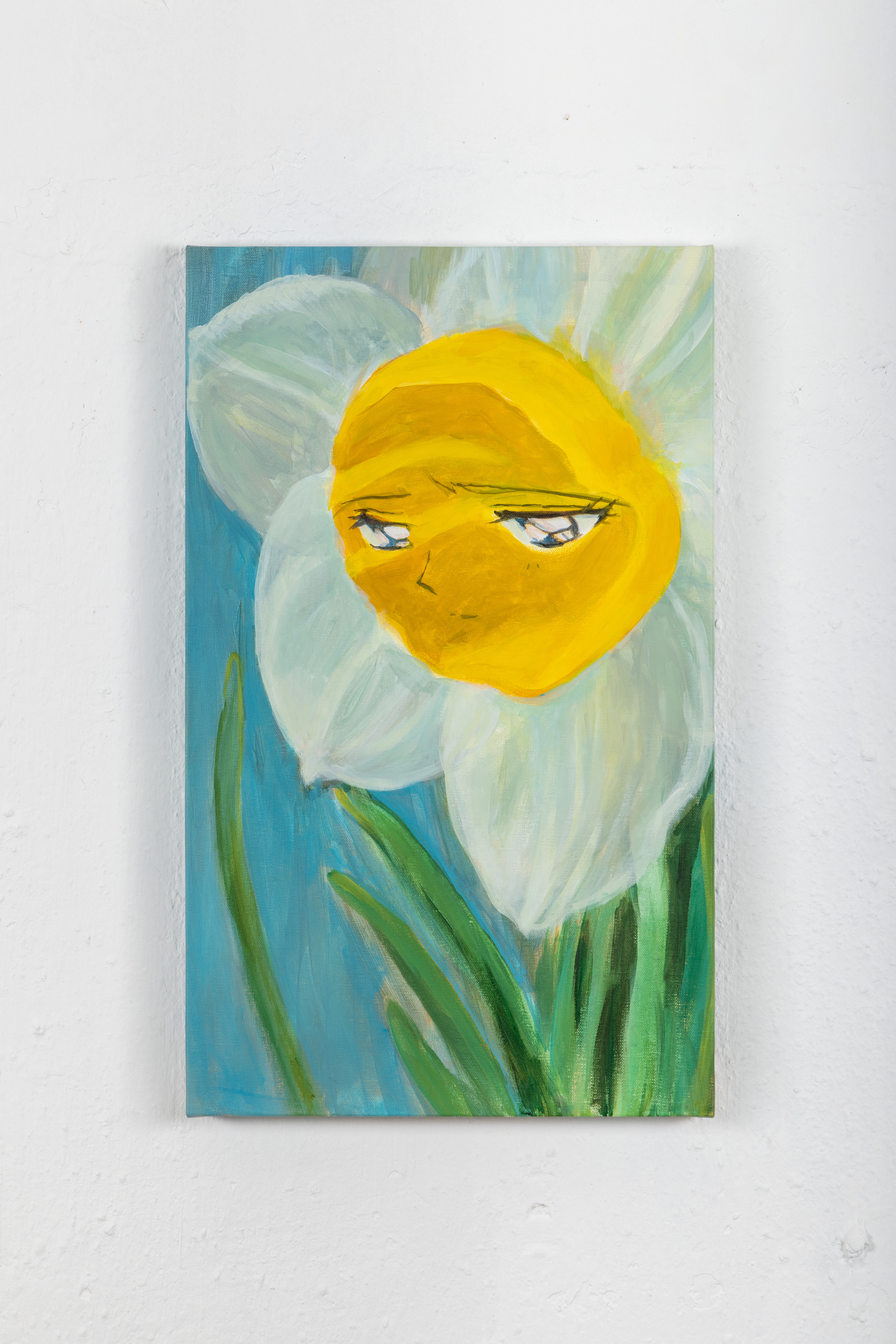
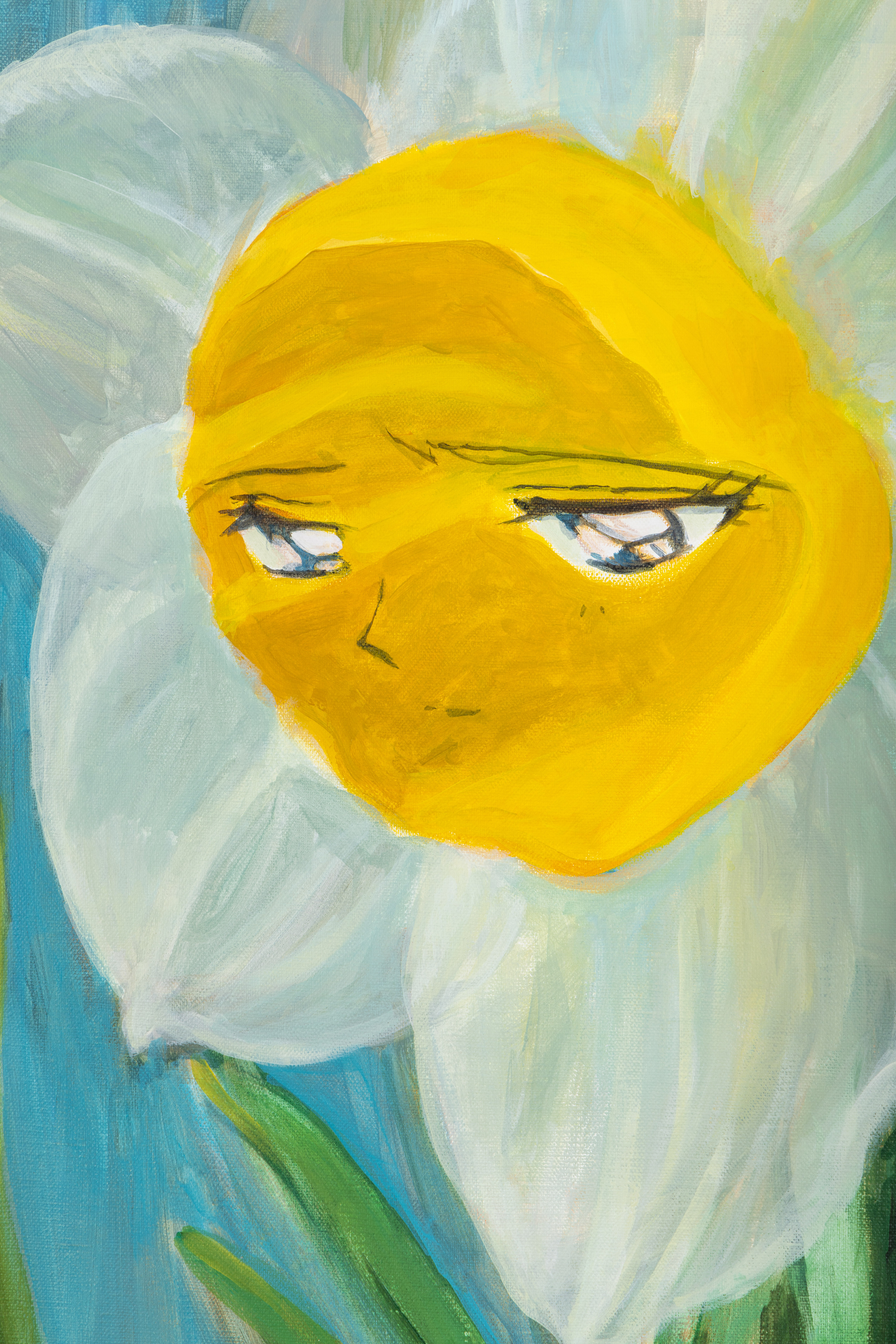
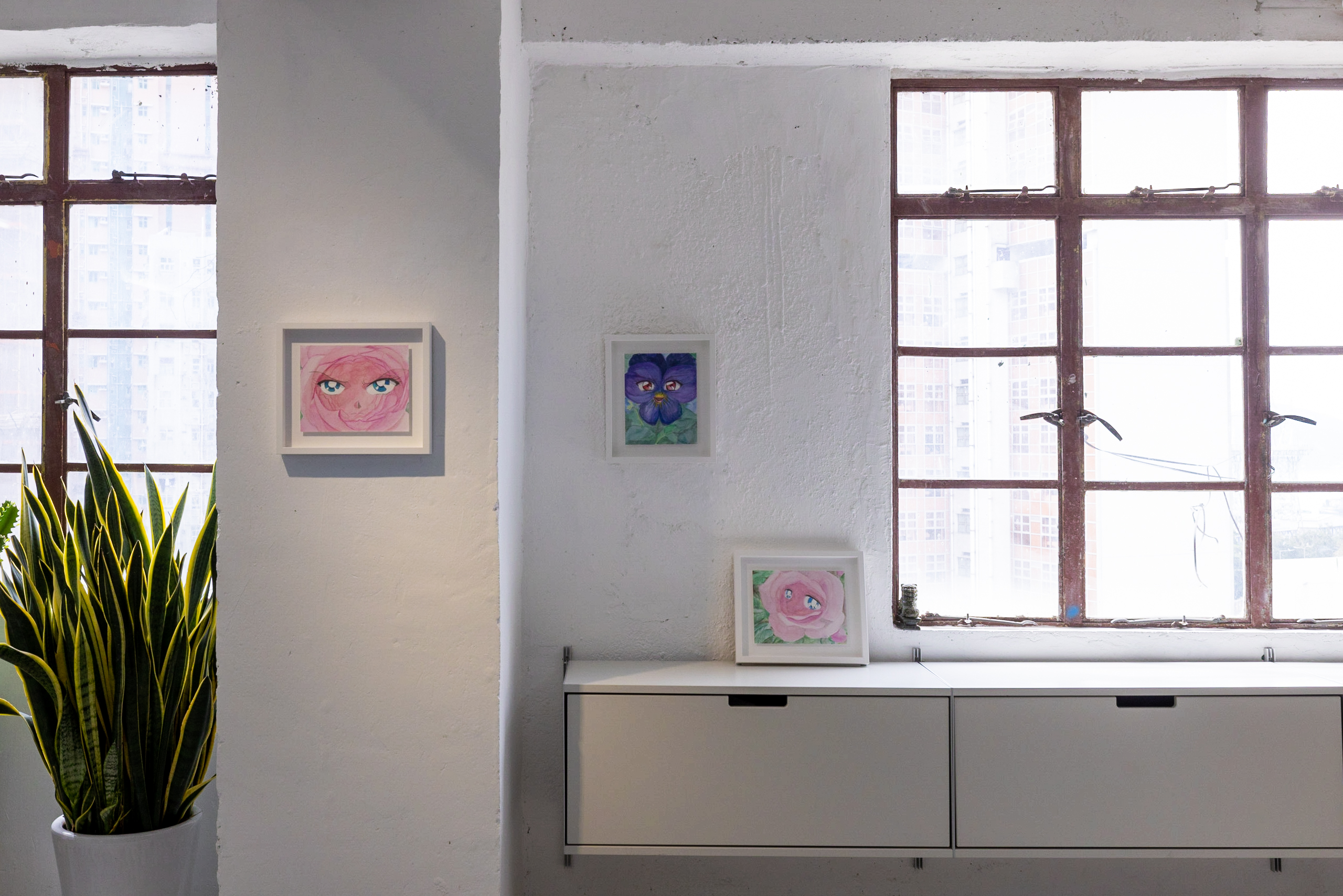
Photo by Wong Pak Hang
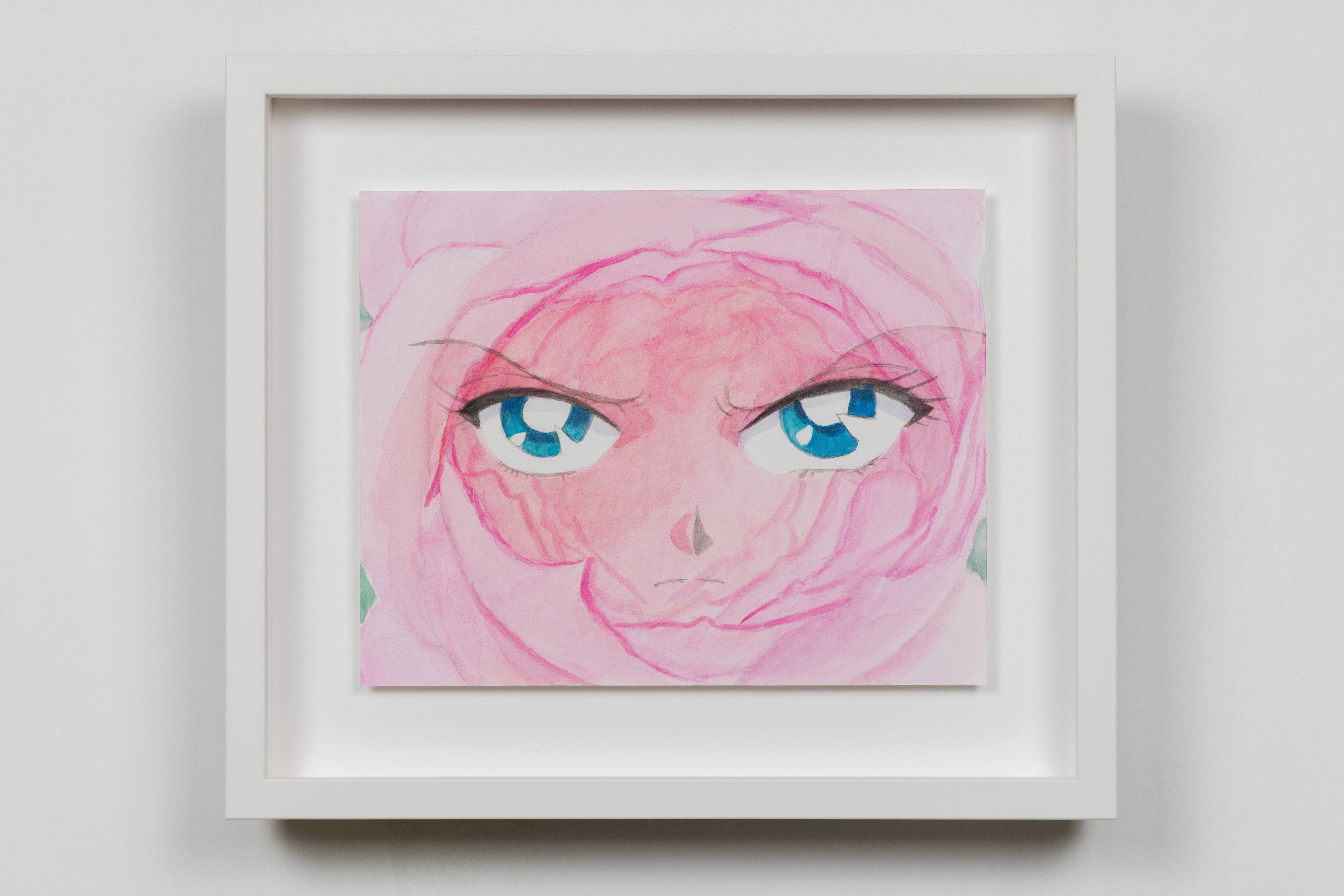
framed: 29 x 33.8 cm
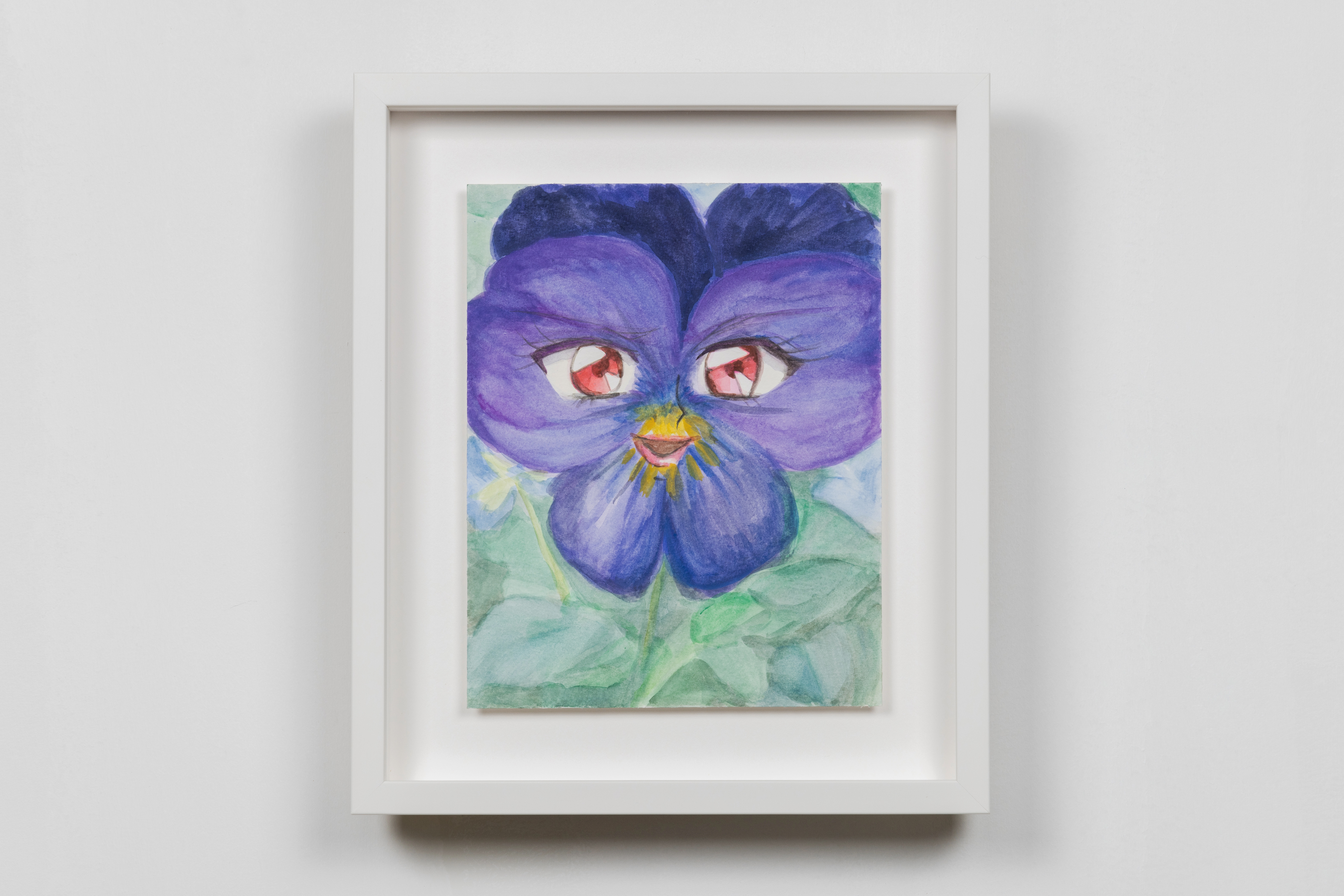
framed: 33.8 x 29 cm
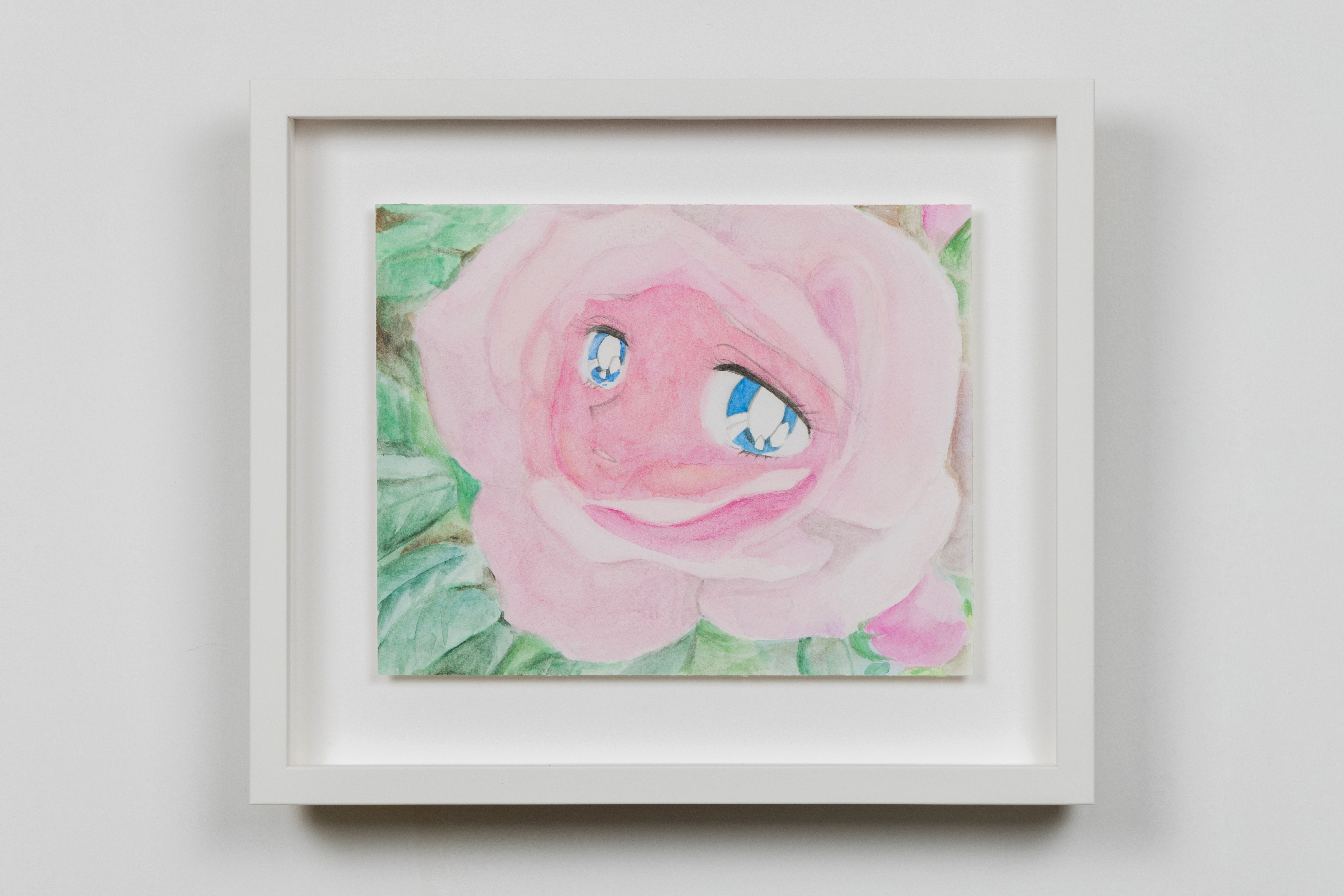
framed: 29 x 33.8 cm
